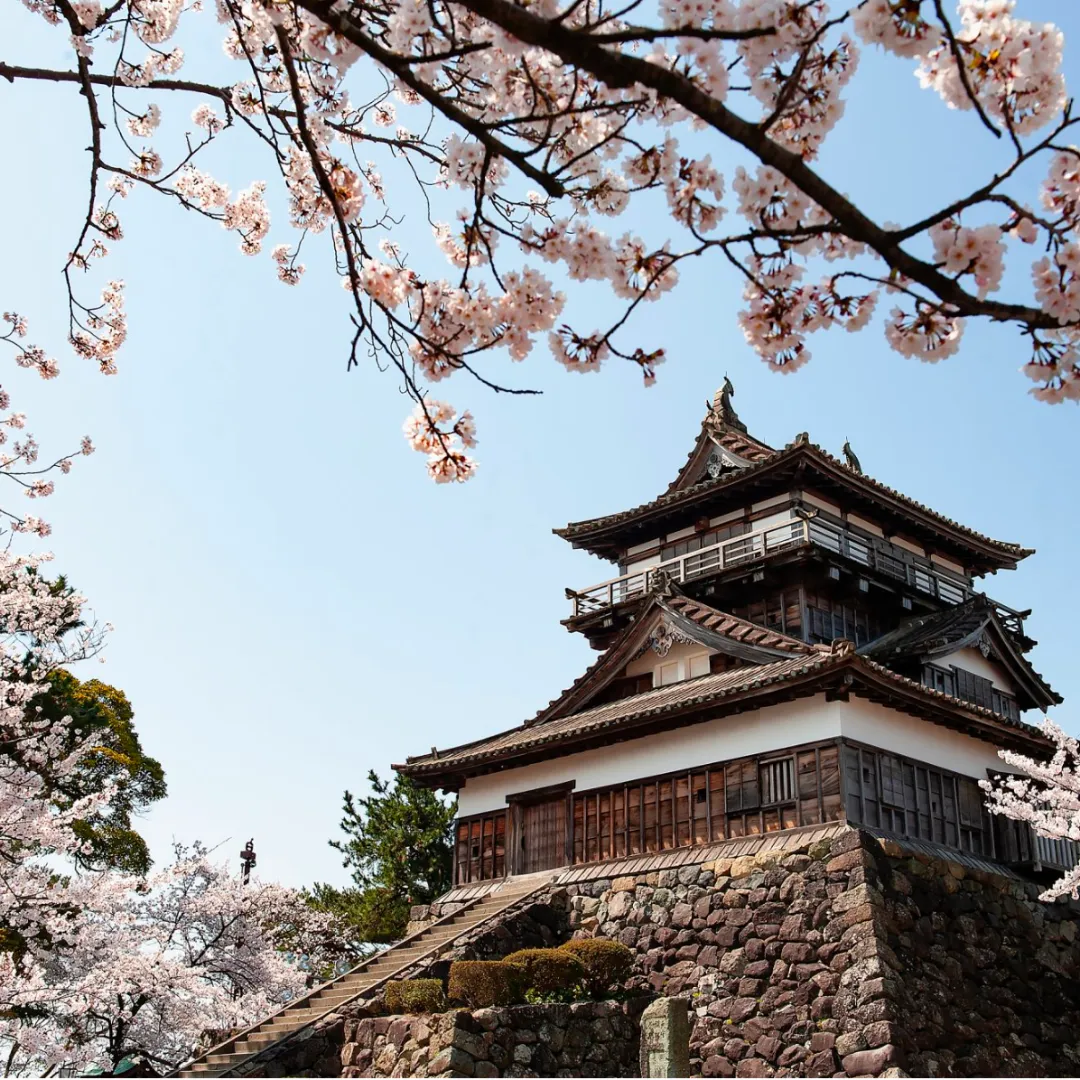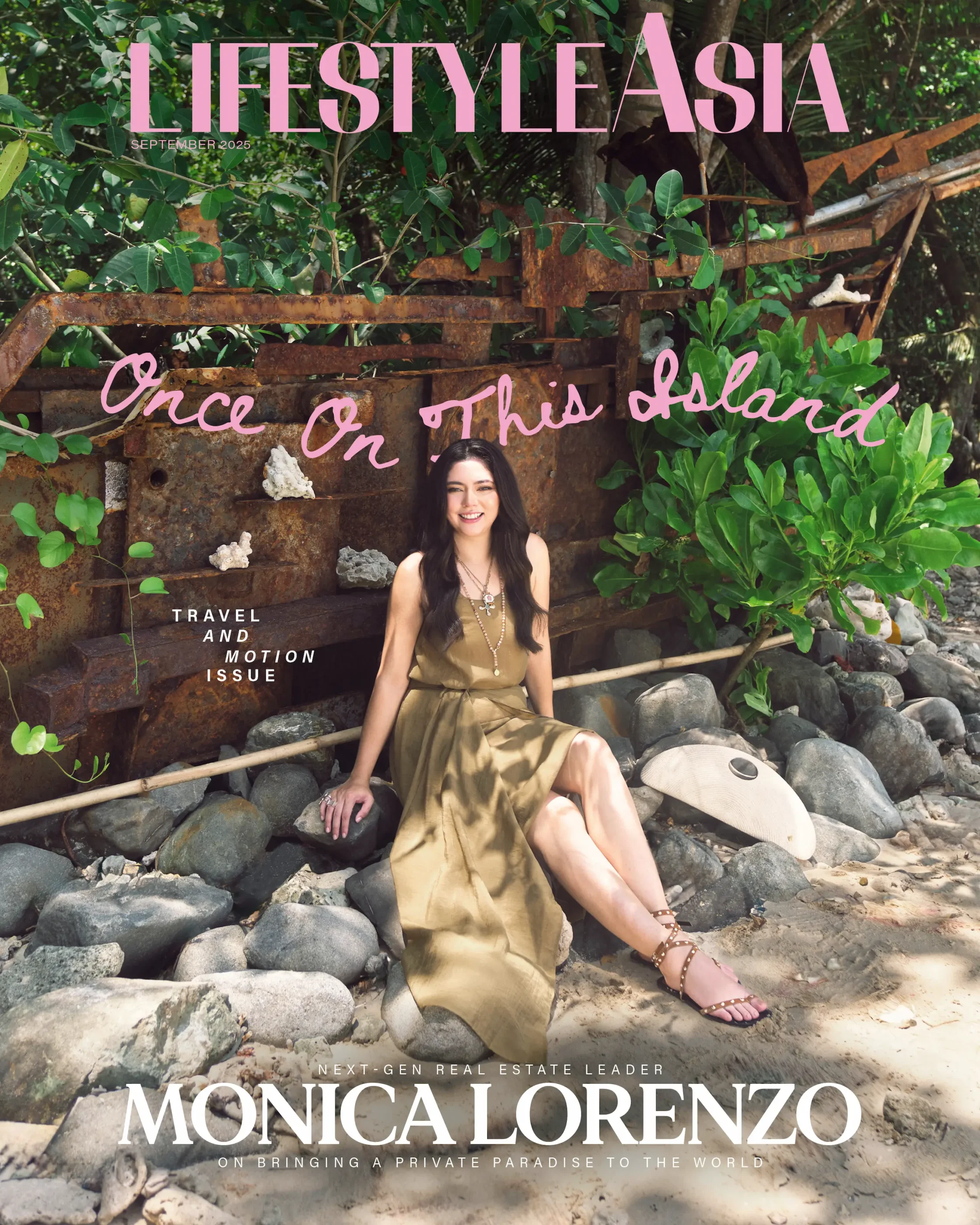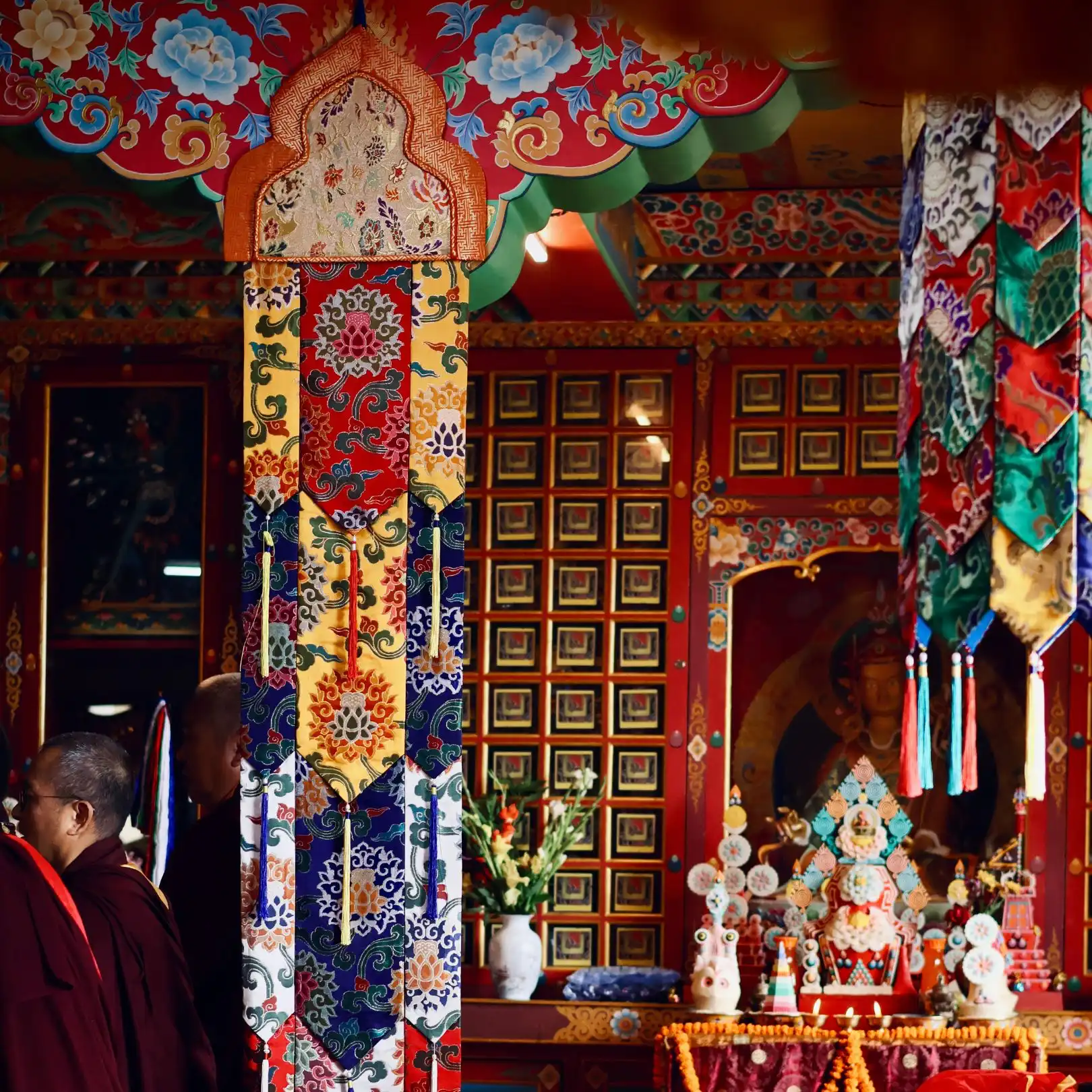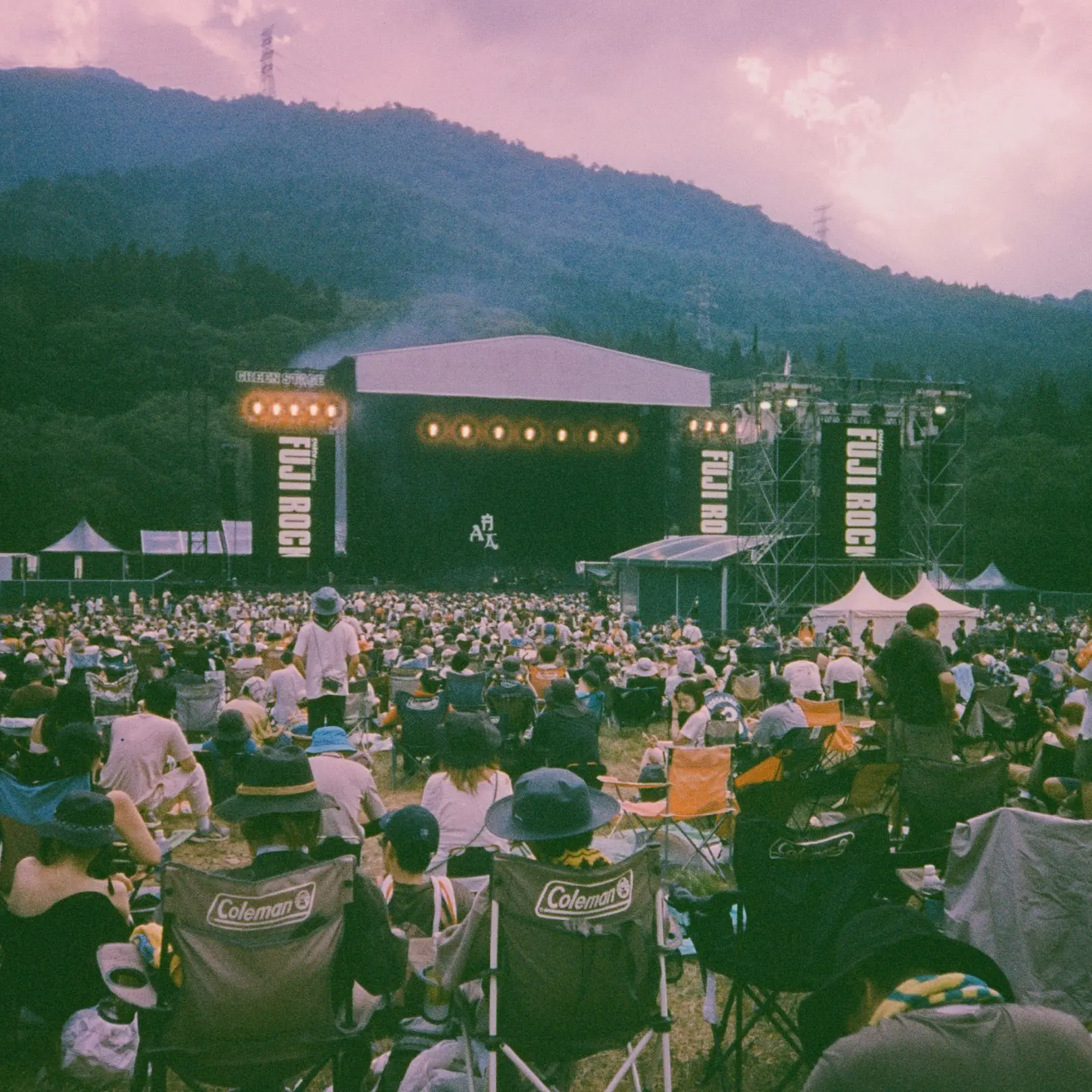Discover a rich tapestry of experiences in Fukui, where tradition, history, and craft thrive. From dinosaur encounters to serene temples and exquisite cuisine, this hidden gem offers a wealth of unforgettable adventures for the discerning traveler.
“Where are you going again?” friends and family would ask me, even after I had already told them I was heading to Fukui, Japan. Their reaction was expected, as this picturesque locale rich in culinary delights and natural splendor, has yet to be discovered by mainstream travelers. That in itself is part of the appeal for those seeking uncharted tourist territory, or a more intimate encounter with Japanese culture.

Located on the coastline of the Sea of Japan, the area is famous for its fresh seafood—such as Echizen crabs in winter, Fukui amaebi shrimps in the summer, and a year-round bounty. Its Wakasa beef, a local brand of premium wagyu, and its sake are not to be missed.
It is also home to the Fukui Prefectural Dinosaur Museum, considered one of the best in the world, as well as the centuries-old Eiheiji Temple. A mélange of artisanal crafts—from lacquerware to pottery and even knife smithing—are still practiced in the area, and continue to be revitalized through modern innovations. Guests can even try their hand at these traditional arts through special workshops and tours.

Both cozy and dynamic, Fukui is truly a remarkable destination rich with history and culture. Nestled between the sea to the west and mist-kissed mountains to the east, its majestic landscape is a nature lover’s dream. And while it’s a worthwhile destination on its own, its accessibility to tourist hotspots like Tokyo, Osaka, and Kyoto, makes it an inspired addition to any Japan itinerary.
READ ALSO: Japan In A Heartbeat: When Wanderlust Wins
Getting to Fukui & the Courtyard by Marriott Fukui Hotel
With the extension of the Hokoriku Shinkansen line to Tsuruga in Fukui, it has become even easier to visit this up-and-coming region. The trip via bullet train takes less than three hours from Tokyo Station, and goes through a scenic route of Japan’s countryside. If you prefer a more direct approach, a flight from Haneda Airport in Tokyo to Komatsu Airport in Fukui takes a little over an hour.
While in Fukui, one can choose between traditional inns, or modern hotels like the Courtyard by Marriott Fukui. As the tallest building in the prefecture, the hotel offers a spectacular view of the city, ready to be explored. The rooms are remarkably spacious, with a cozy, minimalist feel. Breakfast features a delightful mix of Western comfort food and traditional Japanese cuisine.

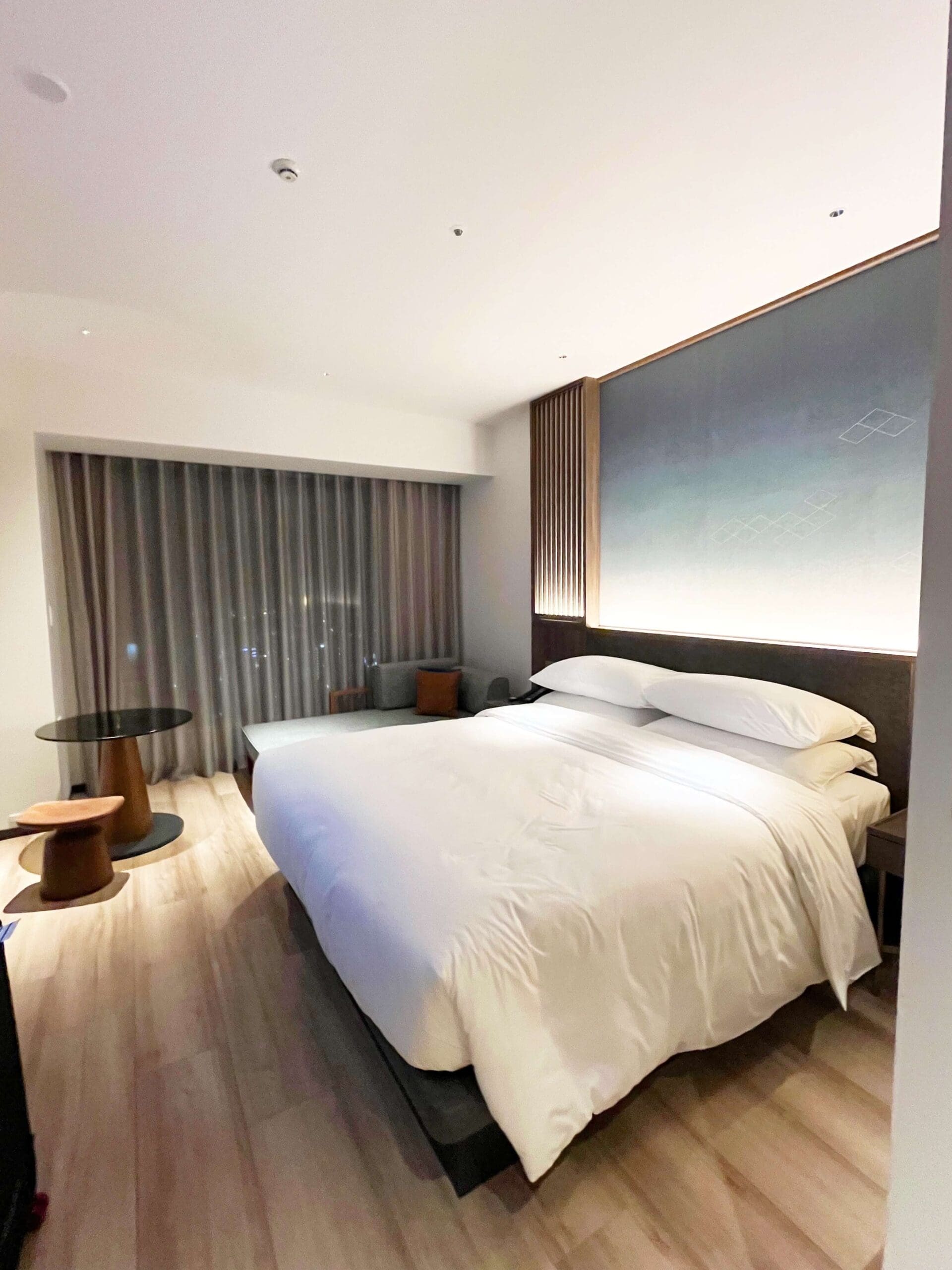
Ancient Bones: The Fukui Prefectural Dinosaur Museum
A few minutes from the hotel is the JR Fukui Railway Station, which, via the WOWRIDE IKOSSA Fukui GO, takes you to the dinosaur museum. The special bus features extended reality (XR) technology, with virtual windows showcasing scenes of dinosaurs roaming the countryside, or even interacting with the bus.

Upon arriving at the Fukui Prefectural Dinosaur Museum, visitors are greeted by an egg-shaped structure designed to mimic the rolling hills of the surrounding area through innovative technology. Designed by renowned architect Kisho Kurokawa, the museum was built near the original excavation site where dinosaur fossils were first found. At this site, six new dinosaurs, like Fukuiraptor or Fukuisaurus, and one new bird species unique to Fukui were discovered.
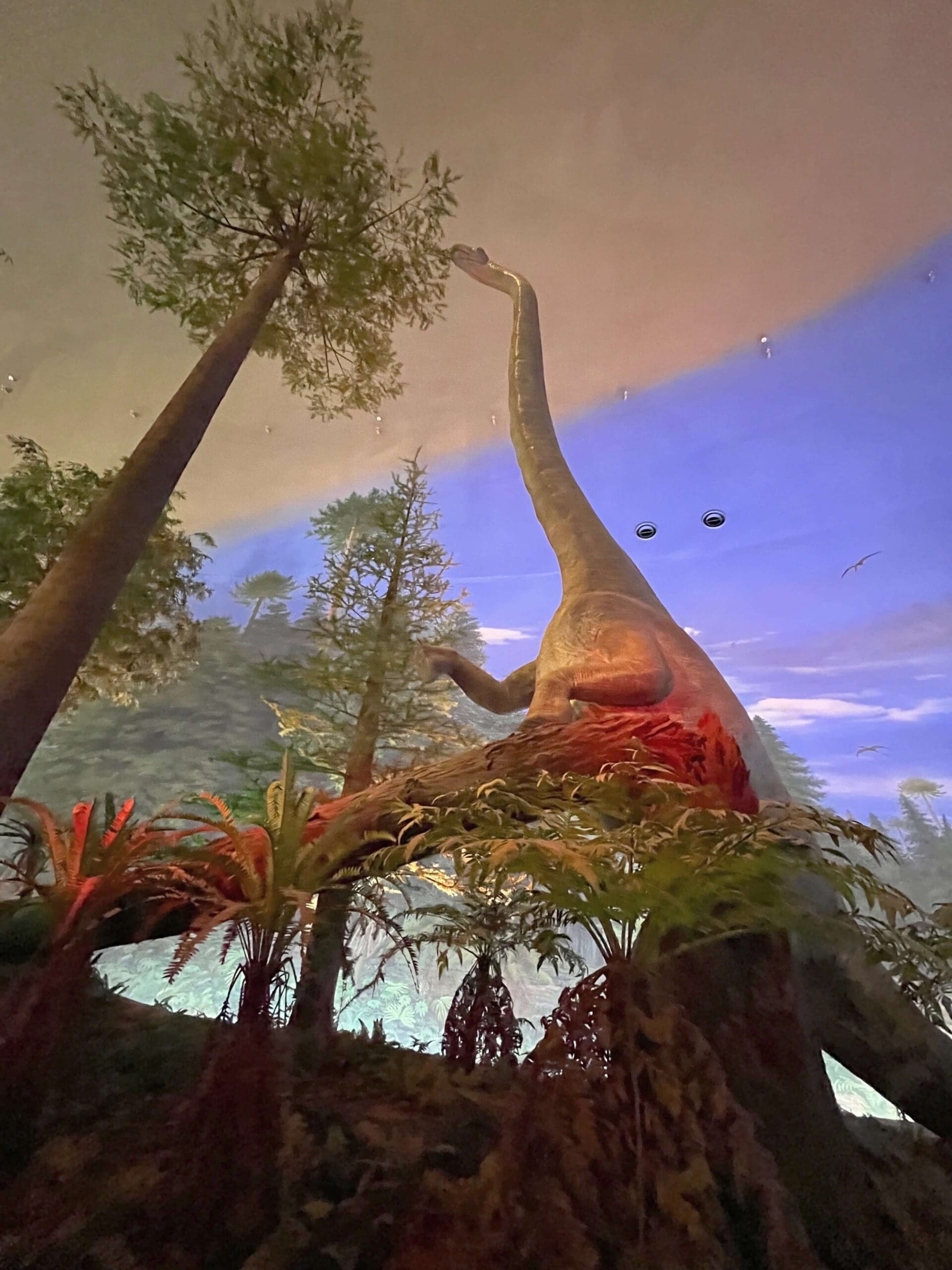
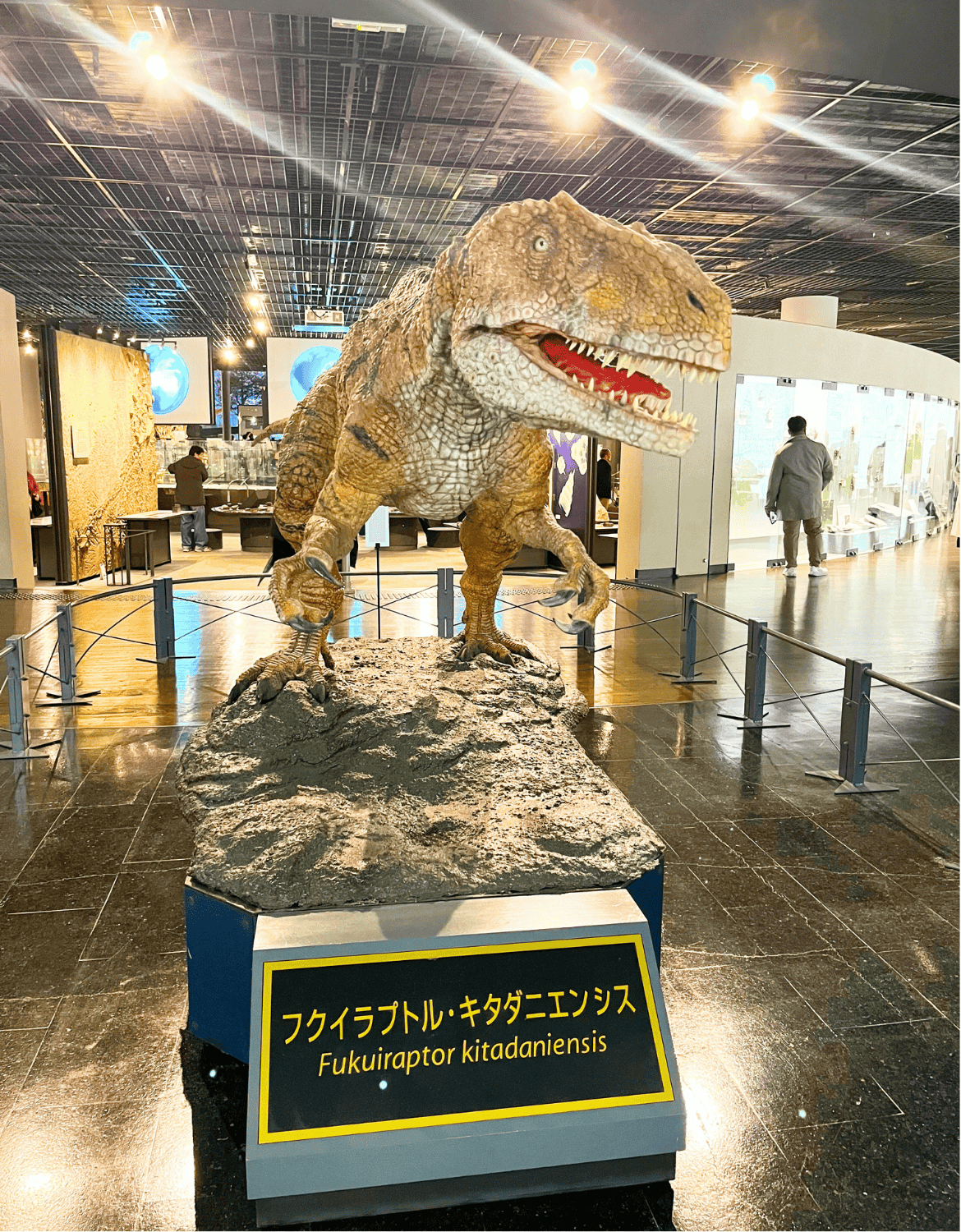

As visitors explore the large dome, they will be transported to the dinosaur era. Massive fossils and realistic dinosaur animatronics fill the exhibition hall, set amidst dioramas and other depictions of prehistoric creatures. A special viewing room takes you back in time, from the present to 120 million years ago in Fukui. Finally, cap off your educational trip with a special dinosaur-themed meal at the museum’s restaurant.

Journey Into Zen: Eiheiji Temple
A trip to Fukui is also a journey into tranquility, and a way to nourish the soul. Perhaps nowhere is this more evident than in Eiheiji Temple, a 13th century monastery. Nestled deep within cedar-covered mountains, the complex comprises more than 70 buildings, connected by walkways and punctuated by pocket gardens and towering trees.

The name Eiheiji translates to The Temple of Eternal Peace in English. Established in 1244 by Dogen Zenji, the father of Soto Zen Buddhism in Japan, the famed temple remains a working monastery where more than a hundred monks reside.

Our group was fortunate to visit Eiheiji Temple on December 8, a Buddhist holiday known as Bodhi Day. While there was a mild flurry of activity, the atmosphere remained serene. We climbed the stairs to explore the various halls, rewarded with stunning glimpses of Fukui’s natural beauty. A highlight is Sanshokaku, a reception hall with ceilings adorned with striking paintings of Japanese flora and fauna.


Connecting with Tranquility: Hakujukan Inn
Surrounding Eiheiji are numerous accommodation options, and the modern ryokan Hakujukan being highly recommended. This quaint inn is an elegant study in contrasts, embracing tradition through its aesthetic and adherence to Zen while offering all the amenities of a contemporary establishment. Gazing out the window through Japanese paper screens, guests are rewarded with a view of the pristine Eiheijigawa River.
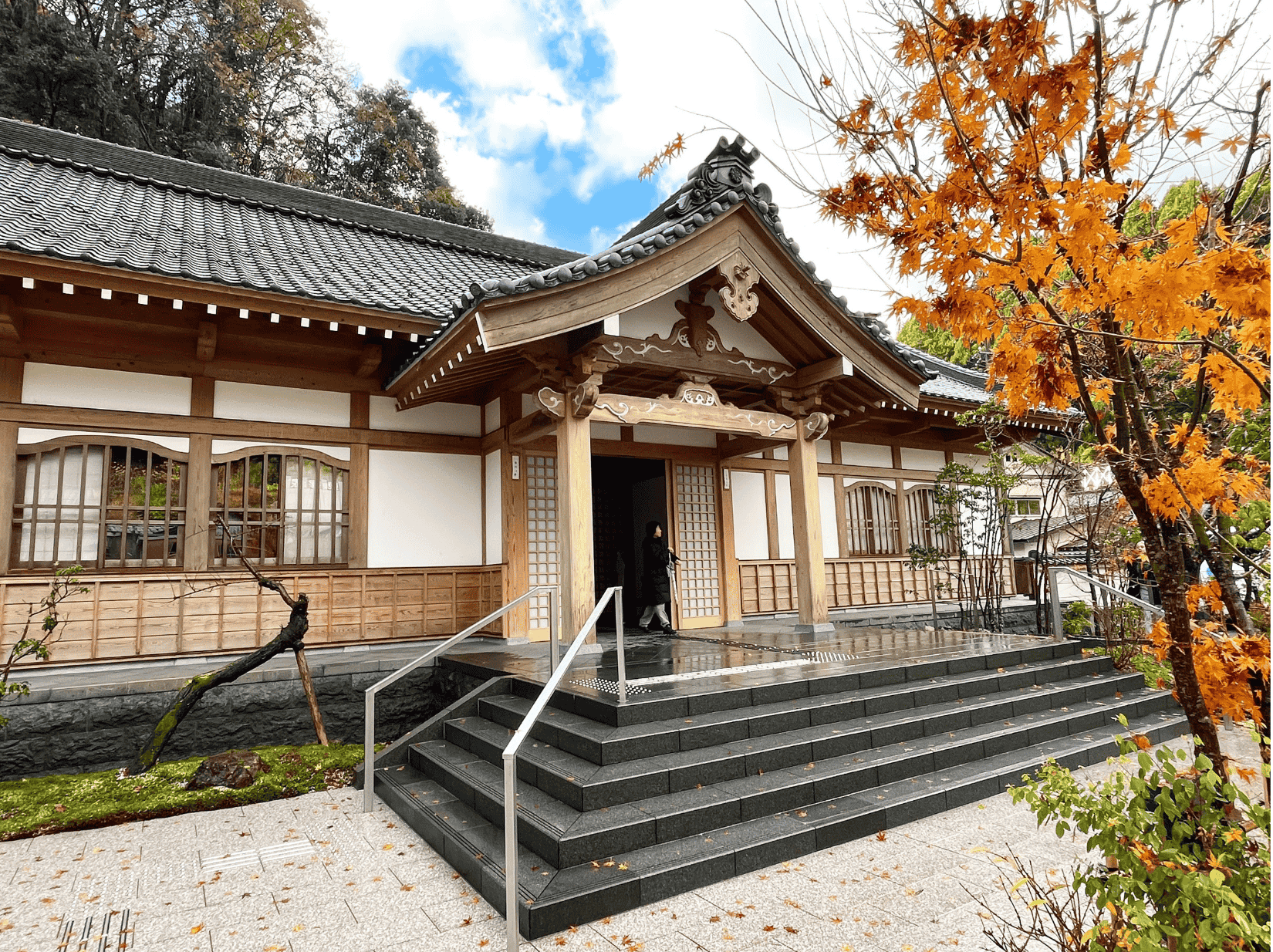
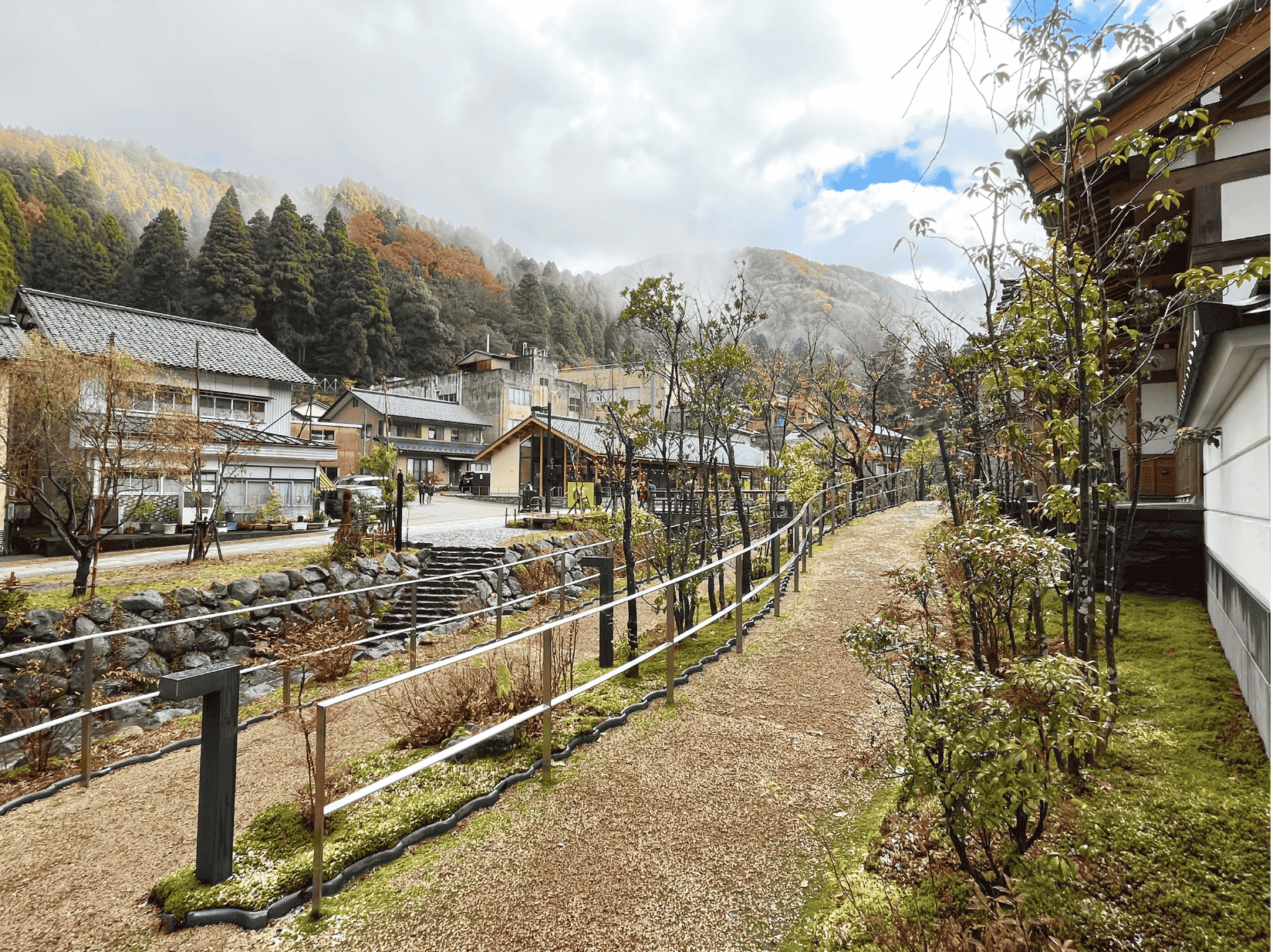
The establishment also has an open-air onsen (or public bath), allowing guests to relax in its warm waters. Visitors may also join the monks in prayer during morning service at the Eiheiji Temple.

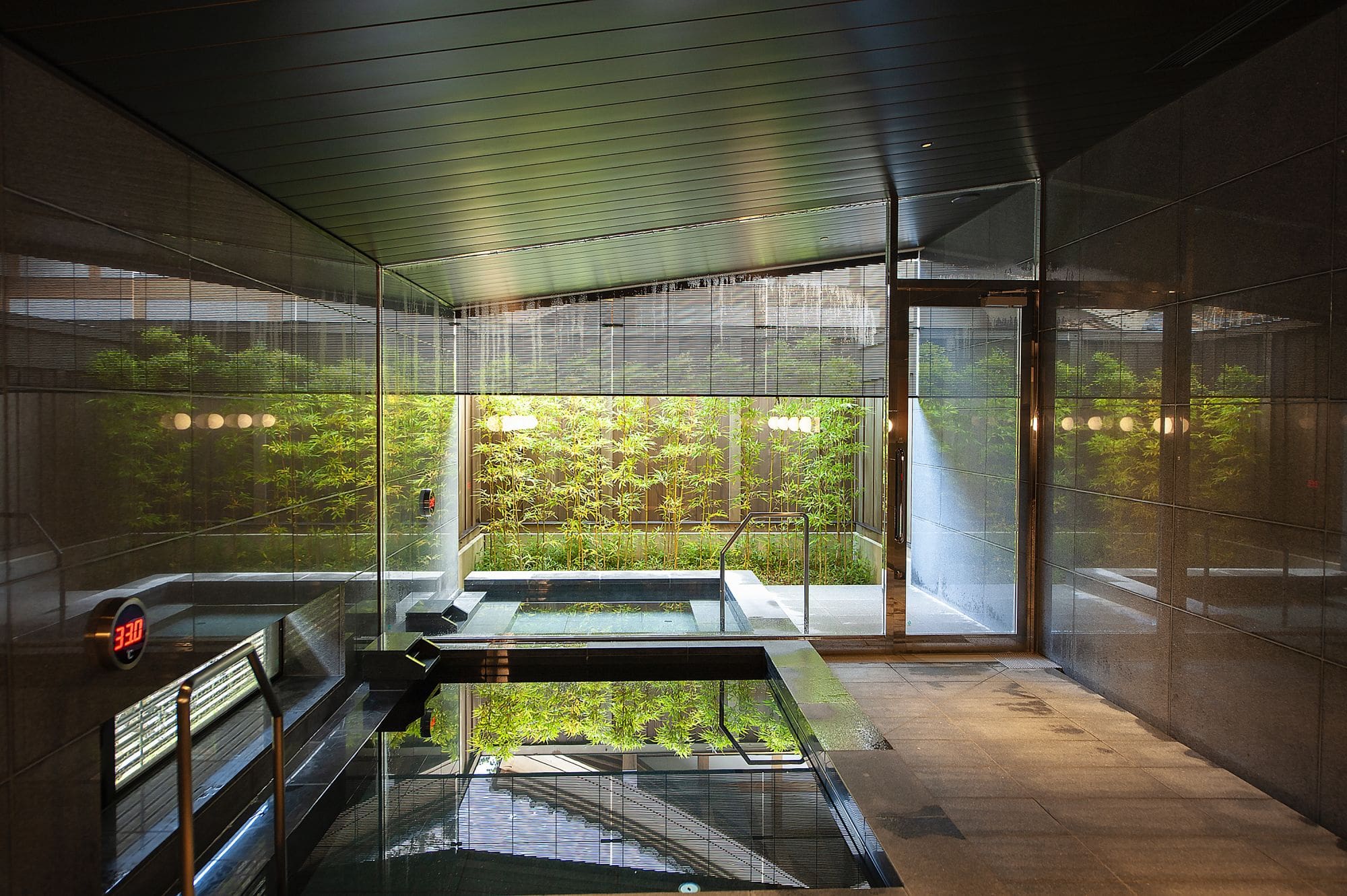
Dining at Restaurant Suisen in Hakujukan is a pleasurable experience that introduces travelers to a variety of Japanese gastronomic delights. During our stay, dinner was a multi-course meal featuring seafood, vegetables, grilled meats, tofu and soup. Breakfast was equally delicious, served as an array of delicate plates, including warm congee and a selection of side dishes.

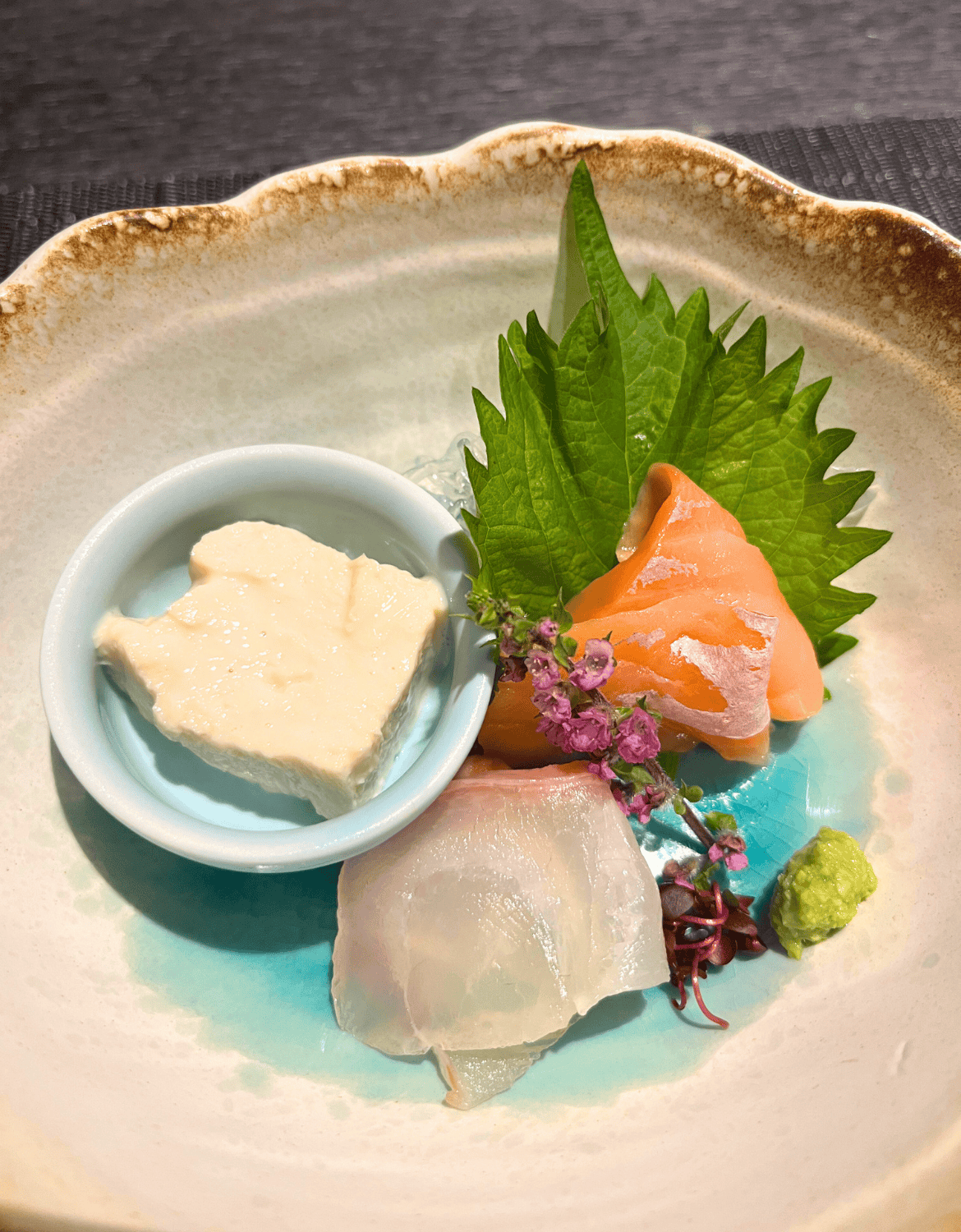

Cultural Wonders: Echizen’s Great Buddha and the Katsuyama Castle Museum
Another Buddhist landmark is the Echizen Daibutsu, or the Great Buddha of Echizen. The statue is considered the largest seated Buddha in Japan, and is situated in a complex that also houses the country’s tallest pagoda. It is flanked by four towering Bodhisattva statues, along with more than a thousand smaller statues lining the walls of the serene hall.
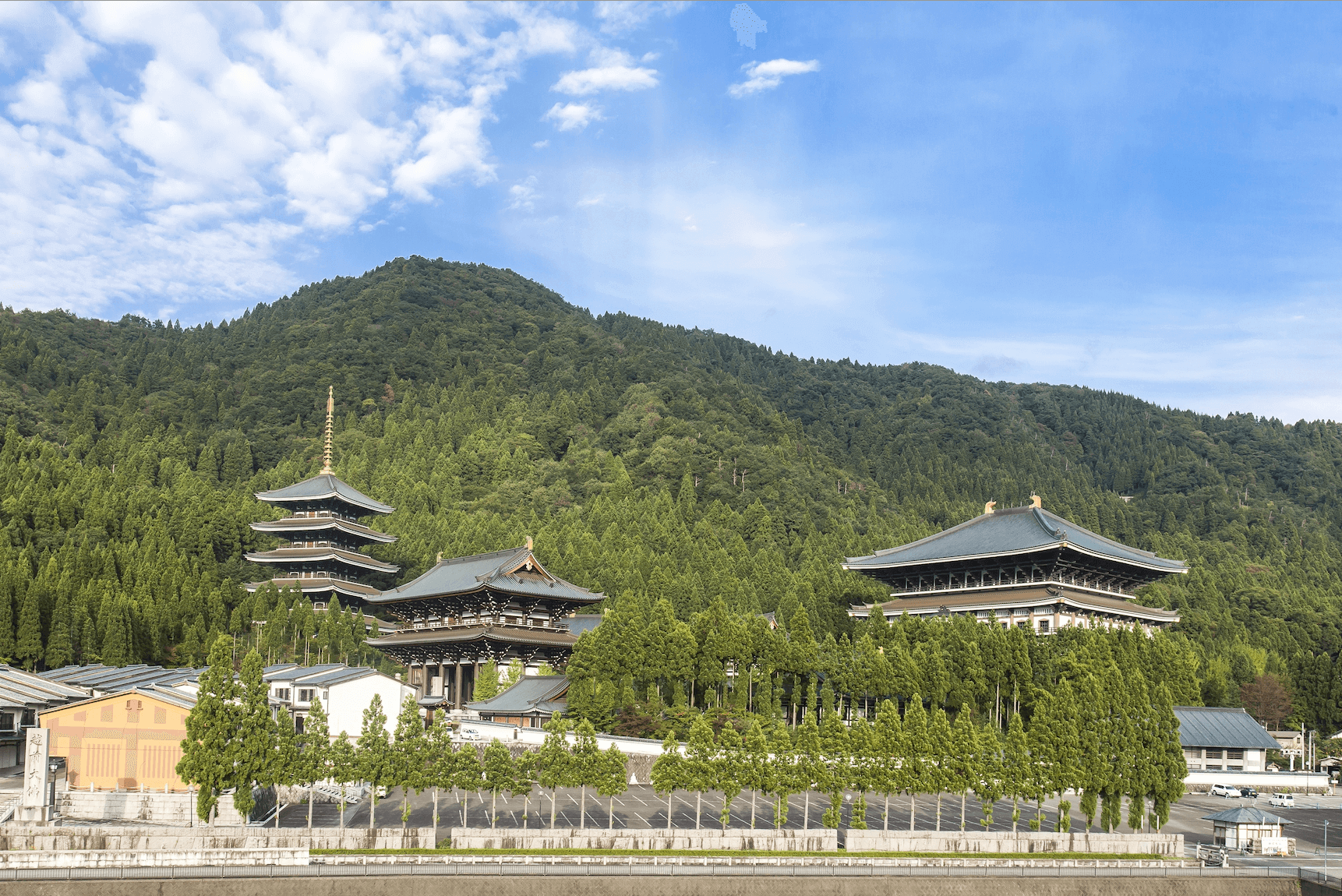
The Daishizan Seidaiji Temple complex was built in 1987 by Katsuyama businessman Kiyoshi Tada. Incidentally, he was also instrumental in establishing the nearby Katsuyama Castle Museum.

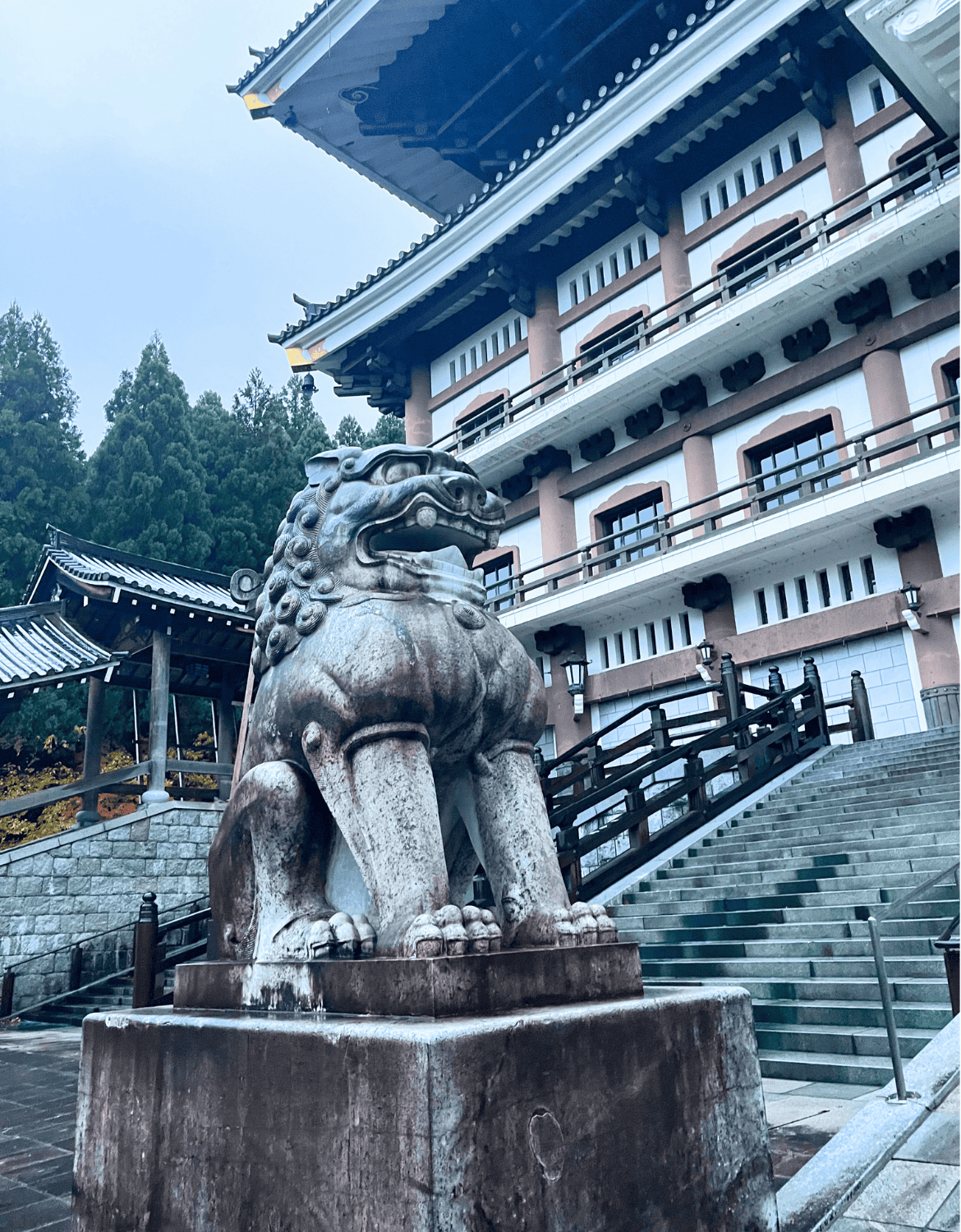
Katsuyama Castle, the tallest in Japan, features breathtaking panoramic views of the surrounding cities. With its traditional architecture, and the idyllic fields and mountains surrounding it, gazing out from its observation deck feels like stepping back in time. Visiting in late autumn, we saw the Hakusan mountain range dotted in vibrant hues of crimson and marigold, shrouded in a silver veil of mist.
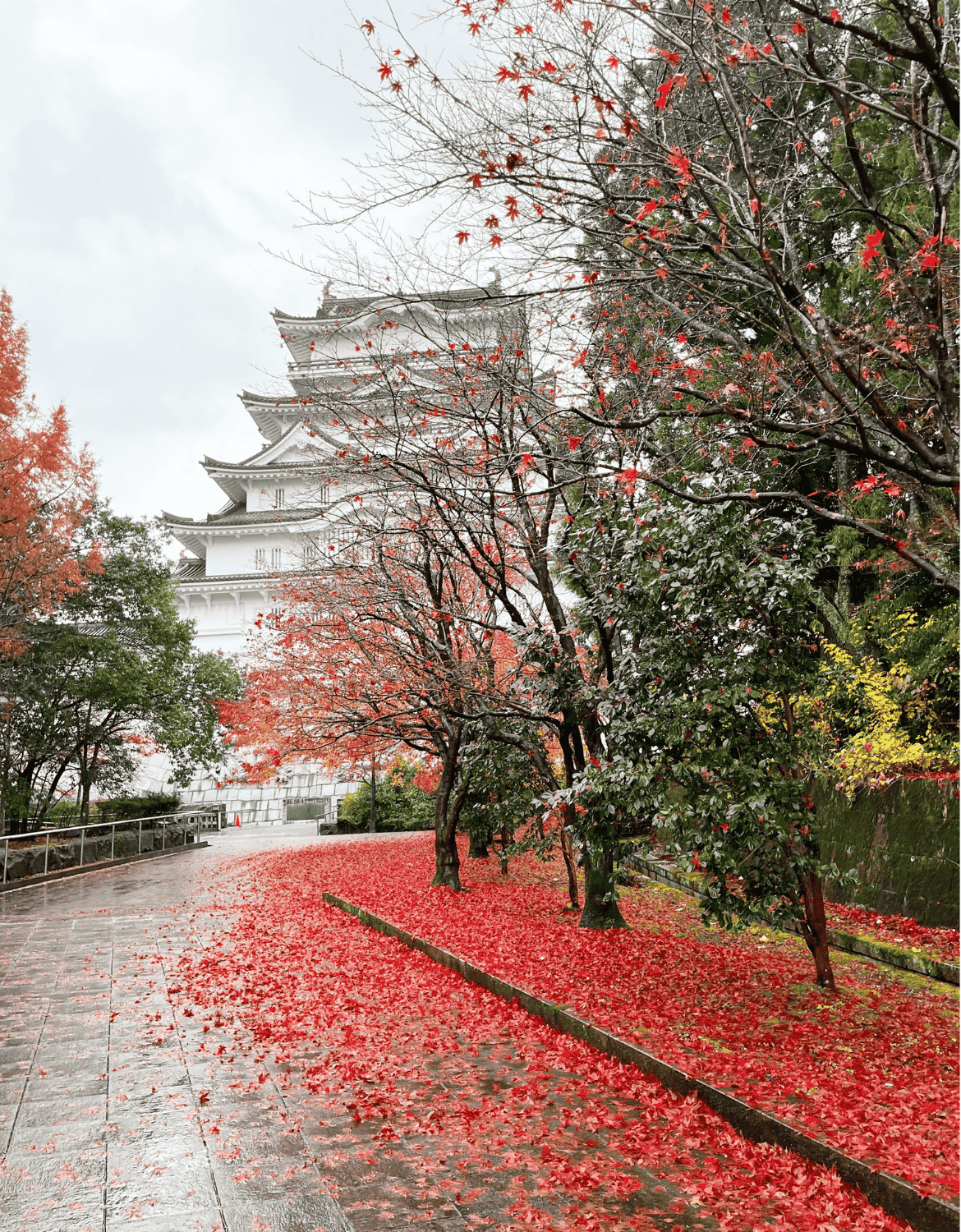


The building also houses artifacts dating back up to 700 years. Visitors can explore an impressive collection of samurai armor and swords, calligraphy, and embroidery from the Qing Dynasty of China.

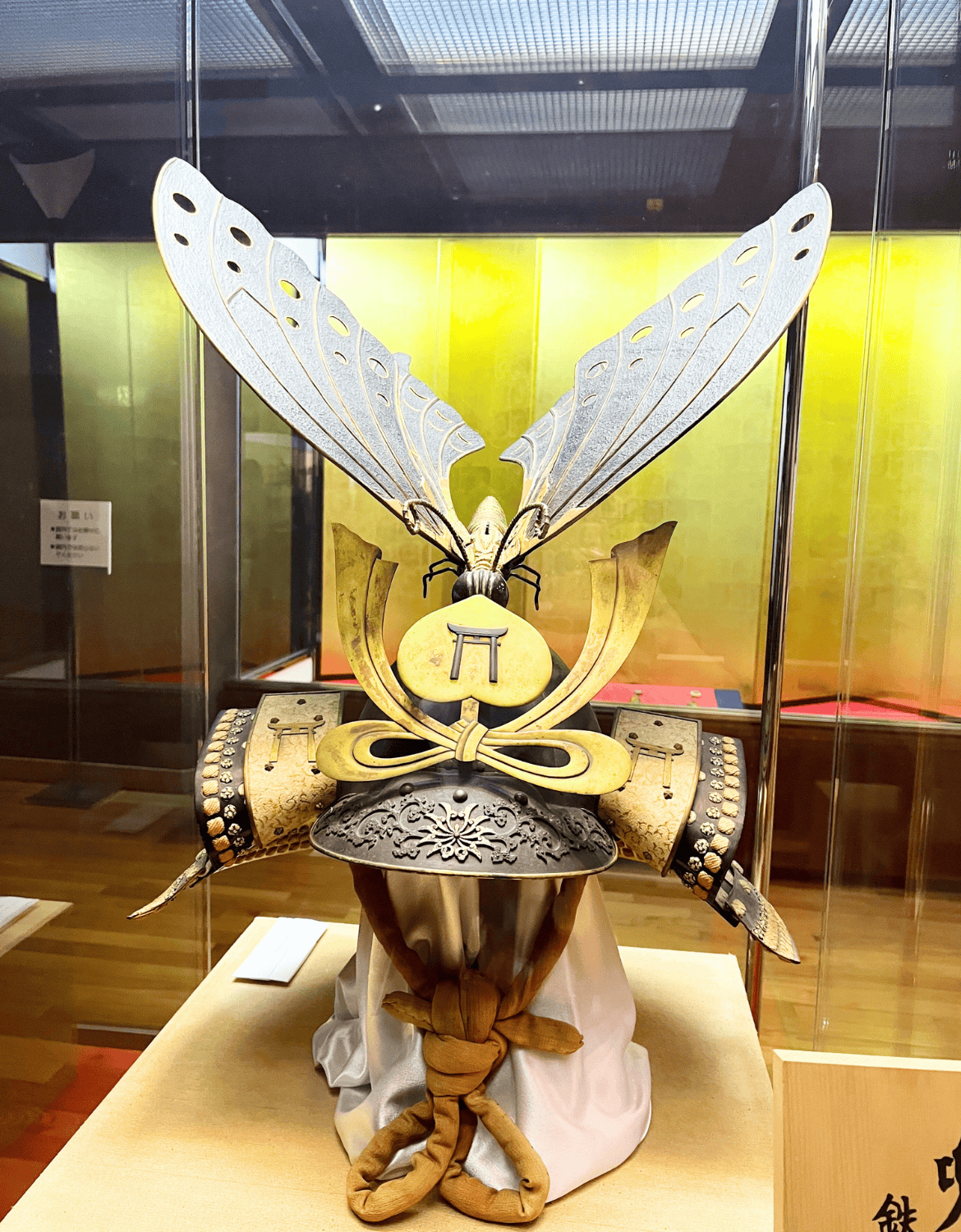
Flavors of Fukui: Ichimonme and Europa-Ken
Enjoying local food is certainly a highlight of any trip, and the culinary scene at Fukui does not disappoint. A 13-course omakase dinner at Ichimonme was an immersive experience. The cozy sushi spot seats a little over a dozen people, with trained sushi chefs meticulously preparing every dish with grace and precision.

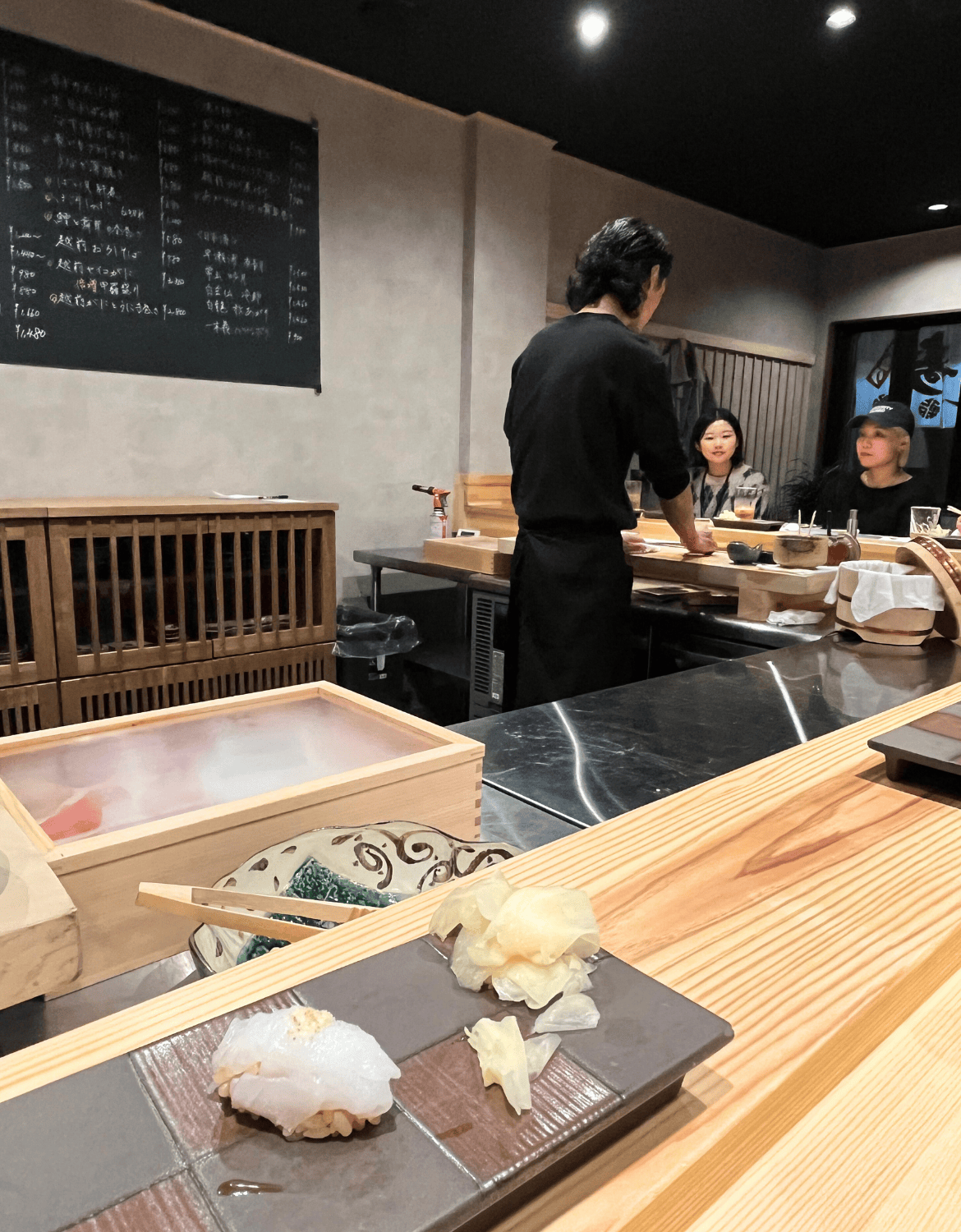
The restaurant also boasts the freshest seafood, purchased from the local market that very morning and displayed on a wooden tray for customers to see. The chefs then transform into artists, carefully selecting fish and ingredients, as if painting with a full palette. The result: nigiri that captivates the taste buds.


There were exceptional courses featuring favorites such as salmon, shrimp, and tuna. The salmon egg nigiri burst with briny flavors, while the tamago was sweet and fluffy. Expanding one’s palate was part of the experience with the introduction of seasonal ingredients. These included gizzard shad, which had a fishy richness; torched sea bream served with lemon and salt; and bluefish, with its rich, buttery flavor. Served over red-vinegared rice and paired with sake, it was an enriching meal.


For those who prefer heartier fare, nothing is more comforting than Sauce Katsudon at Europa-ken. This is Fukui’s regional take on the Japanese favorite, where juicy pork cutlets are dipped into sauce while still hot. This variation was created by Europa-ken’s founder more than a hundred years ago, inspired by his travels to Germany.

Haute Cuisine: Soba Yamaya and Sake Tasting at ESHIKOTO
Fukui’s gastronomy is an homage to the seasons, epitomizing omotenashi, the Japanese concept of mindfulness and hospitality. This philosophy is also reflected in the country’s tradition of haute cuisine, called kaiseki-ryori, where a series of the most exquisite morsels are served one-by-one in small, elegant plates.
With a focus on using ingredients at their peak freshness, kaiseki serves as a microcosm of the larger environment. They also showcase the culinary artistry of the chefs, as Japanese cuisine emphasizes enhancing natural flavors rather than overpowering them with seasonings.

Within the ESHIKOTO complex is Soba Yamaya, where lunch is served with a view of the surrounding hillsides. The space blends modern architectural lines with exposed natural wood beams. The meal began with goma-dofu, a tofu-like dish paired with sesame, wasabi and miniature flowers.This was followed by a delightful array of flavors and textures, from dashi egg rolls to tangy seafood dishes.
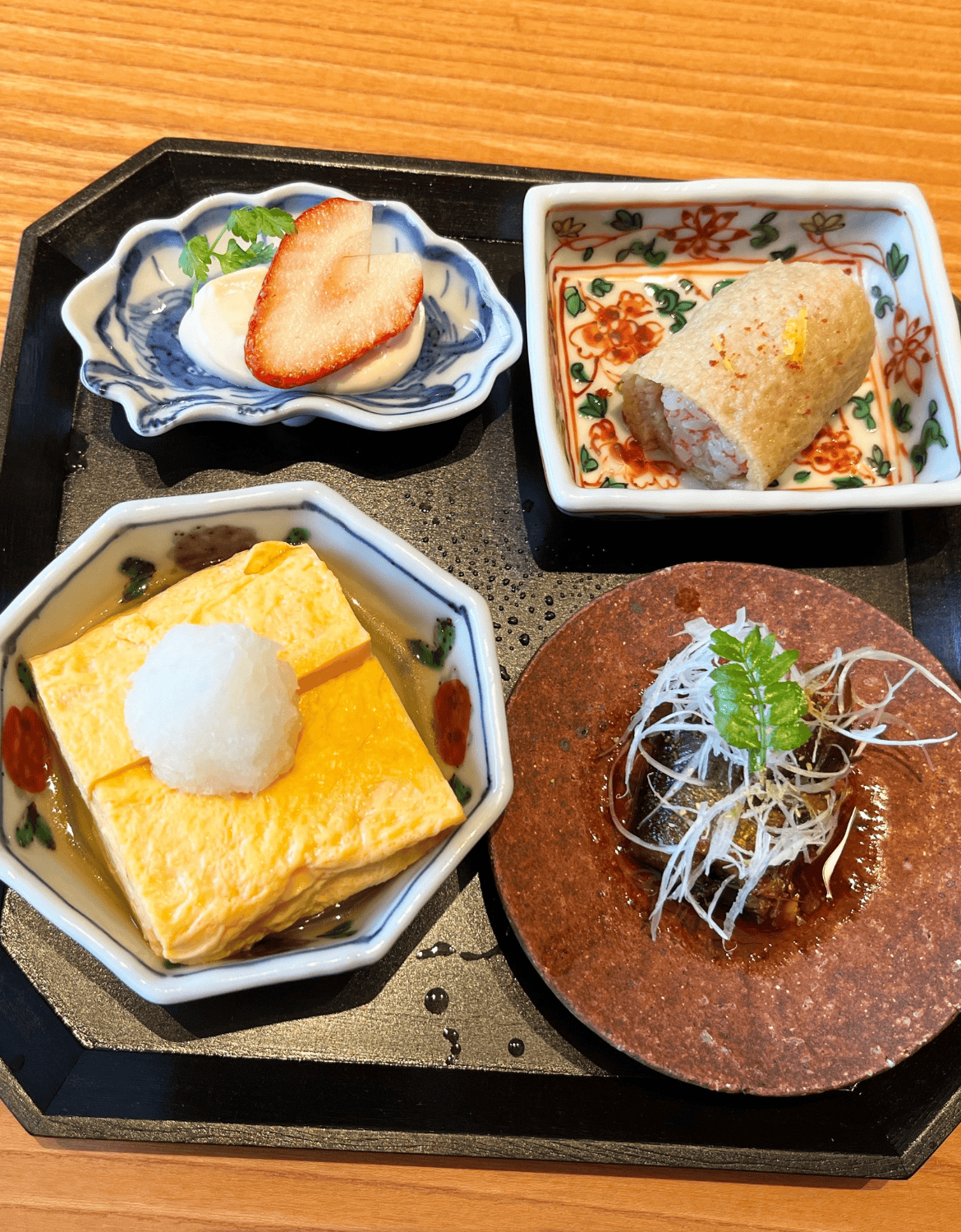

The bonito fish served rare with chili vinegar sauce offered a piquant balance of acidity and sweetness. It was followed by perfectly grilled sea bream, its skin so crispy that the contours of its scales were visible, while the meat remained soft and buttery. Next came a plate of seafood and vegetable tempura, leading up to the main attraction— the cold buckwheat soba.


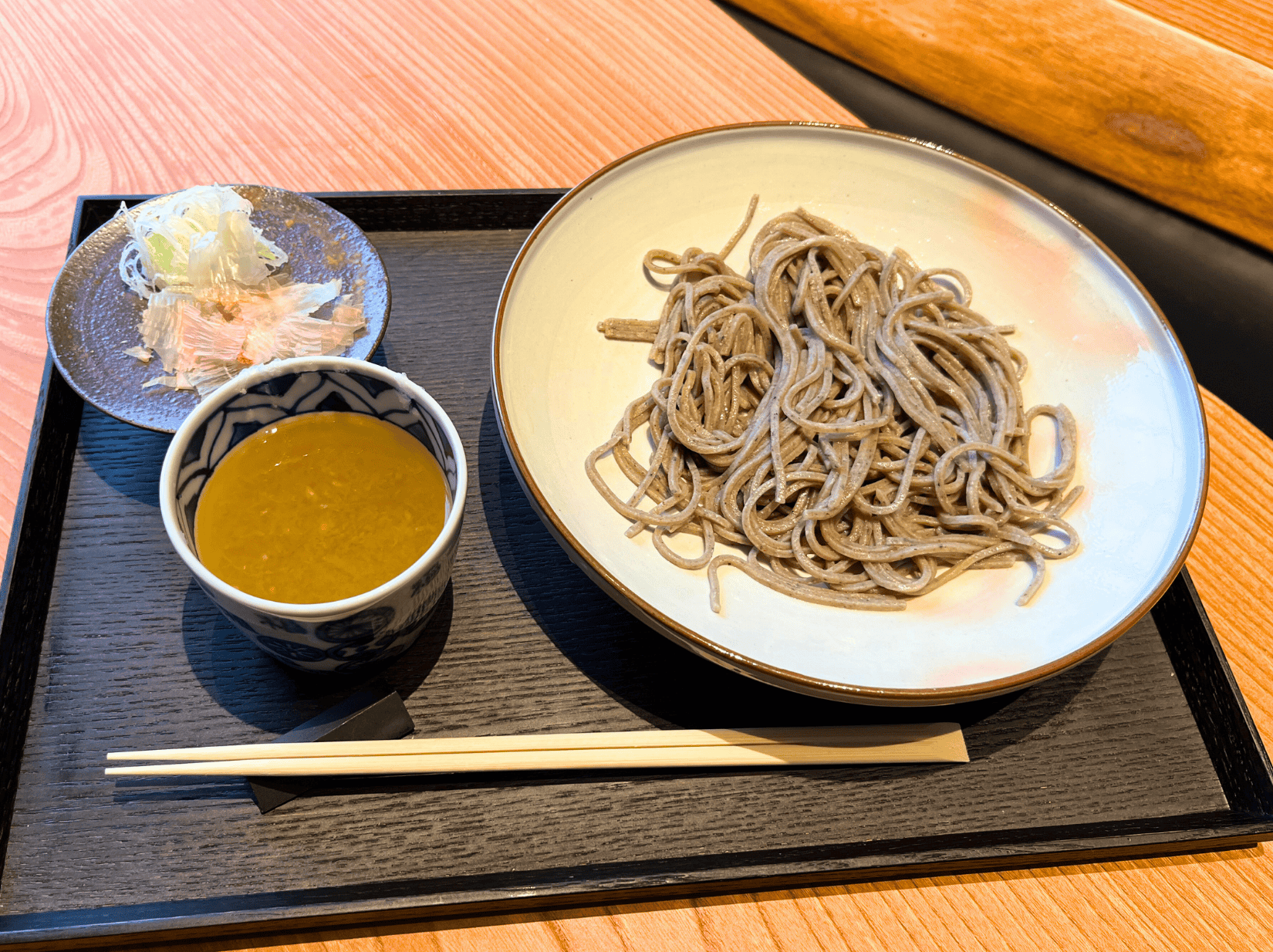
Located in the middle reaches of the Kuzuryu River, ESHIKOTO is also home to Hareya (a bakery), Anshukuen ESHIKOTO (an auberge), and Ishidaya ESHIKOTO (a sake store). It can be said that the latter started it all, as the complex was founded and is run by the Kokuryu Sake Brewing Company.
At their shop, one can sample a selection of sake, or rice wines. A highlight of the experience was the refreshing sparkling sake, which was sweet and bubbly like champagne. There was plum wine, or umeshu, as well as their classic sake, which was bright and clean-tasting.

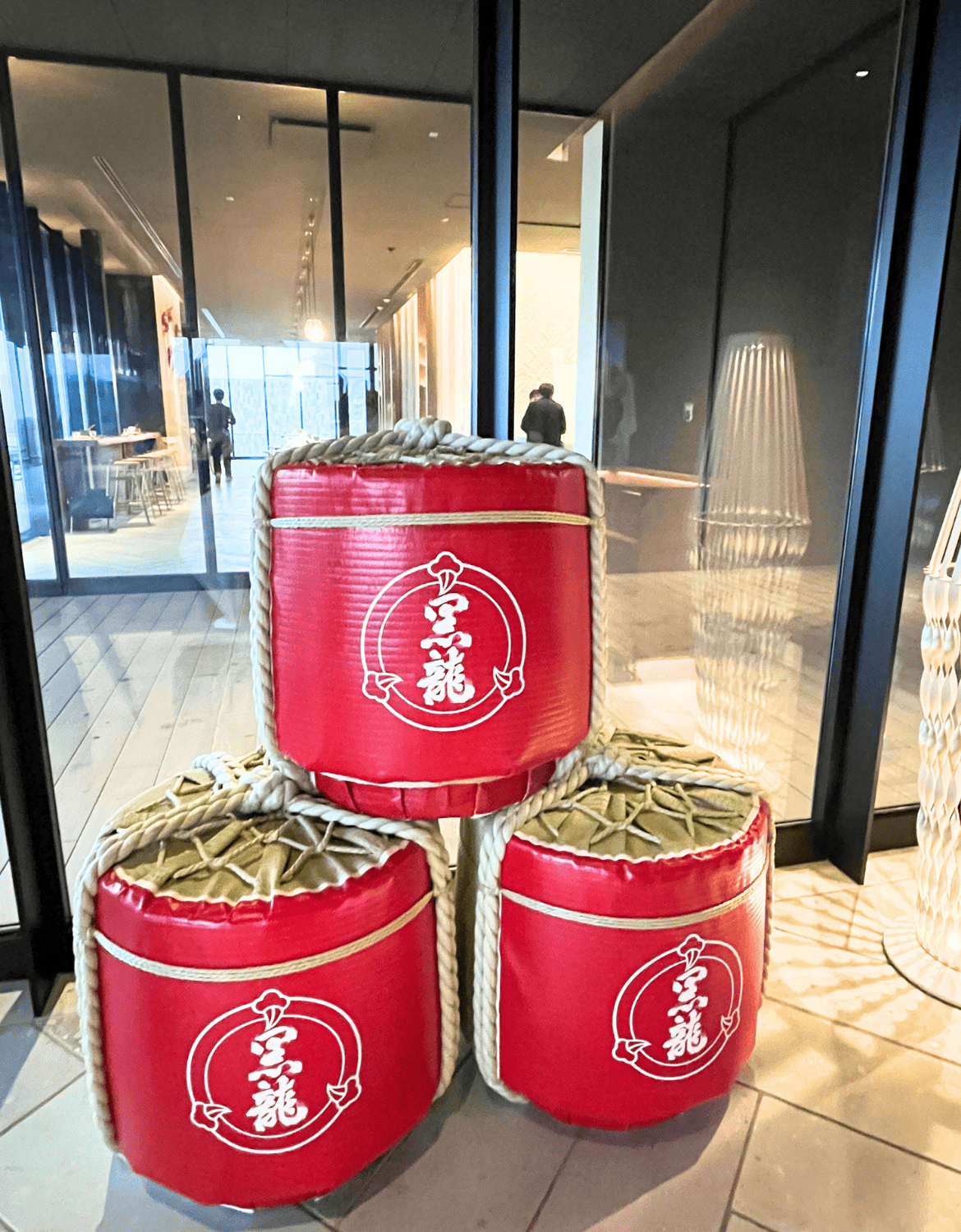
It is no surprise that Fukui is home to numerous sake breweries, as the region is known for its exceptionally pure waters. These waters originate from the Hakusan mountain range, where melting snow flows into the rivers and rice fields, creating the perfect conditions for sake production.
French Flair: Dining at La Clarté
The concept of mindfulness towards the land’s bounty seems second nature to Fukui’s culinary minds. At upscale French restaurant La Clarté KAGURA in Tsuruga City, chef-owner Hikari Matsushita artfully adjusts her menu to reflect the nuances of seasonal produce. Her ‘drinkable salad’, for instance, is a flavorful soup made from 10 vegetables, varying on what is fresh and available.

She began with a cauliflower spring roll, followed by a seasonal salad topped with a special egg and ham that she personally cured. Her scallop ceviche was sweet and tender, while the amatriciana pasta was a savory marvel finished with smooth Buffalo mozzarella.
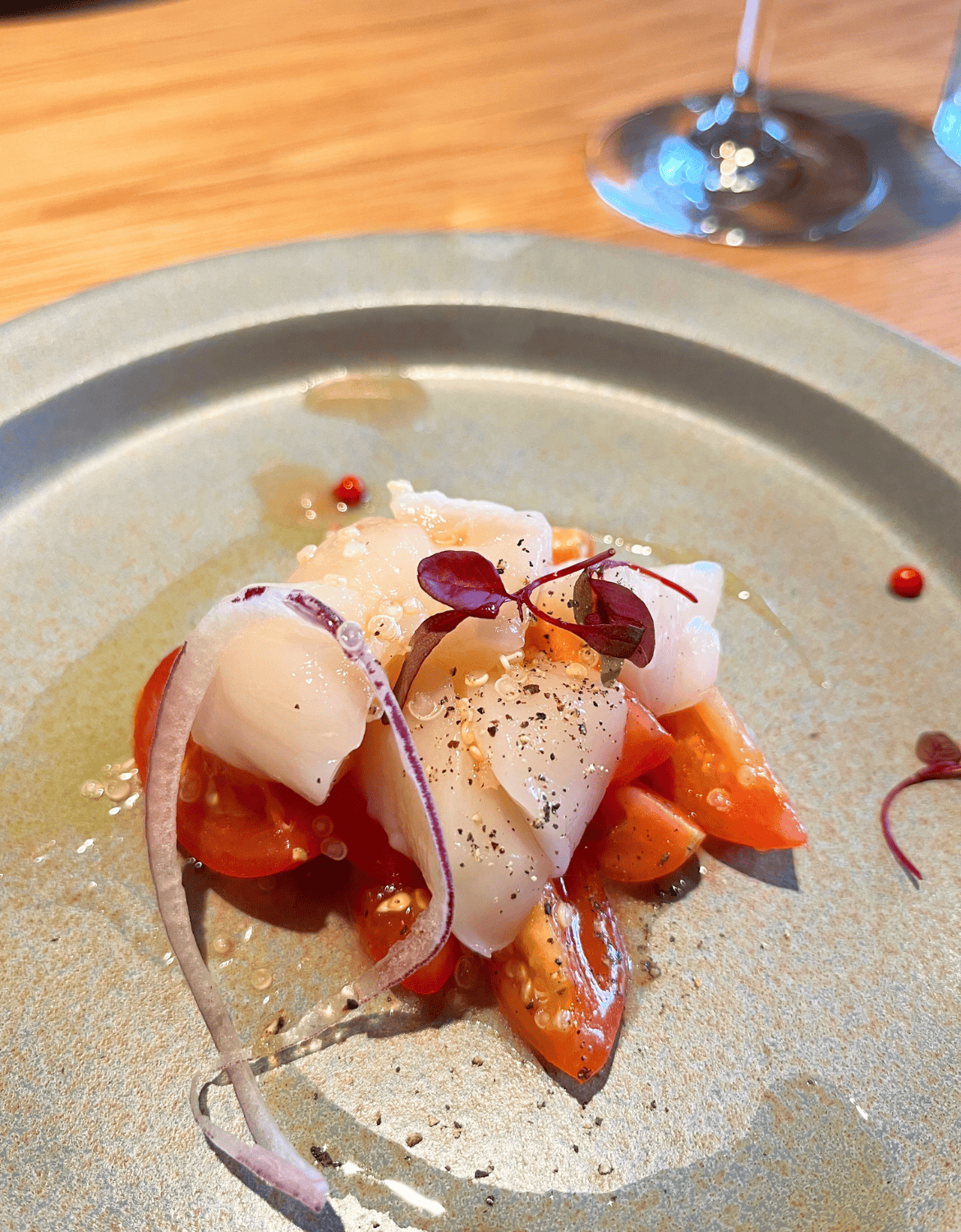

Then came an extraordinary main course: Wakasa beef grilled to perfection and served with red wine, mustard, and shoyu sauce. The beef was everything good beef should be —melt-in-your-mouth tender, with a buttery texture and a burst of that coveted umami flavor.
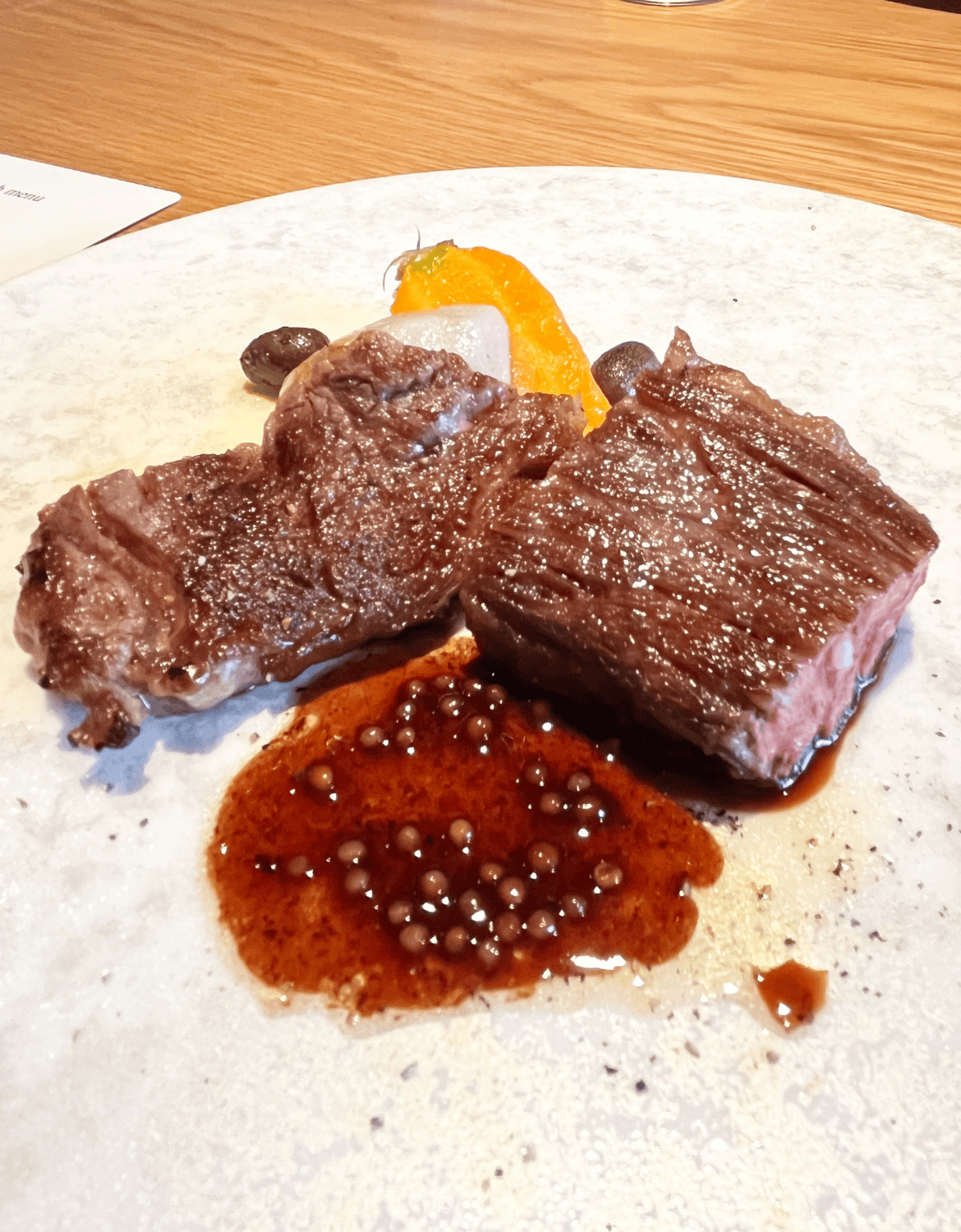
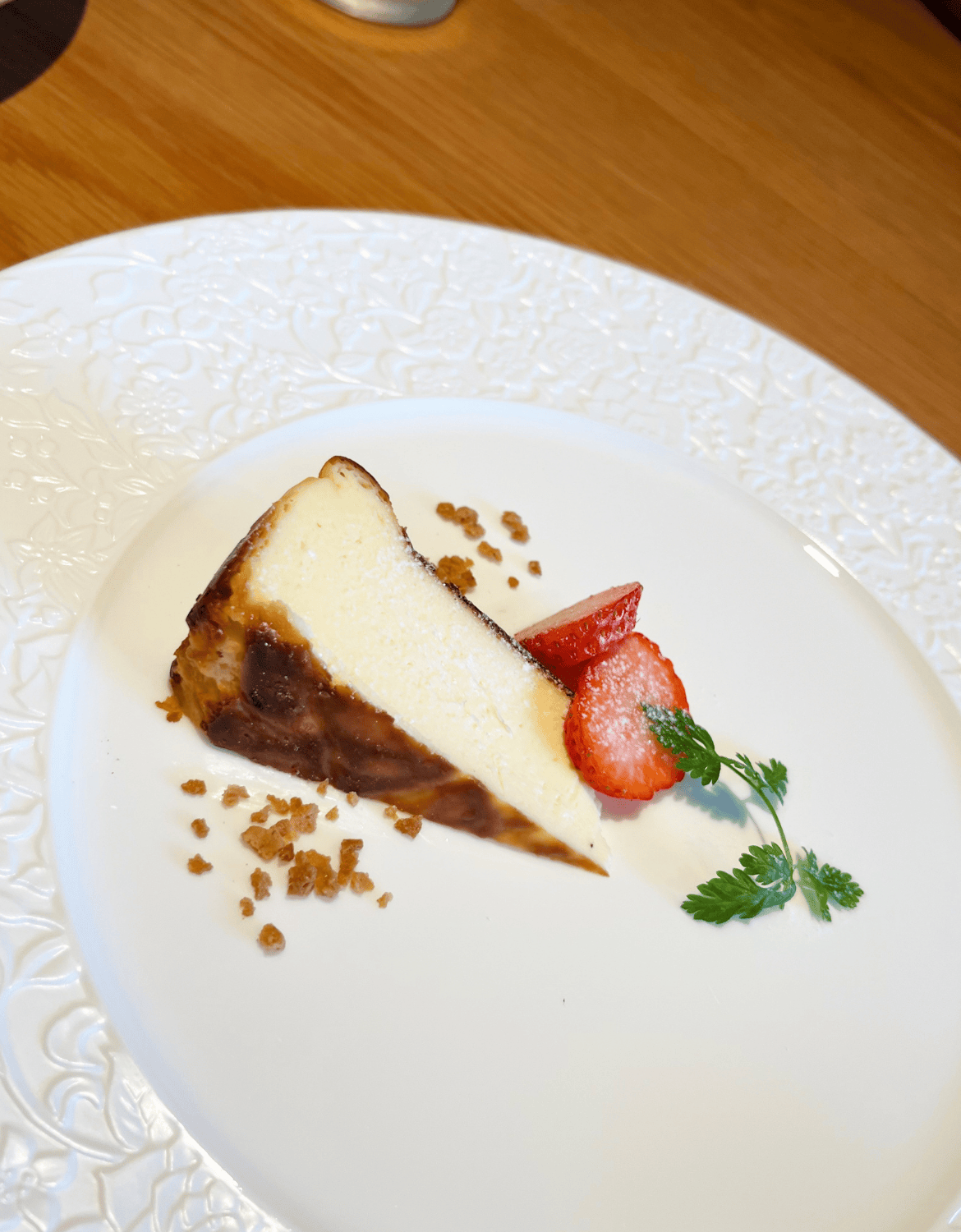
The atmosphere at La Clarté KAGURA is elevated yet relaxed. Chef Hikari graciously explains each dish upon serving. She also shared that the restaurant used to be a tailoring shop, which explains the sewing machine décor. Additionally, some of her glass plates were upcycled from the former display cases that once lined the walls.
Culinary Treasures: The Origins of Miso and Kelp
It is worth noting that Fukui has long been synonymous with exceptional food and high-quality ingredients. In the 8th century, its southern region was designated as a miketsukuni, or “imperial food province”, tasked to supply food to the emperor and the palace court.
Today, traditional Japanese cuisine or washoku has been recognized by UNESCO as part of the Intangible Cultural Heritage of Humanity. This designation honors its deep respect for nature and sustainability, as well the skills and customs associated with it. One indispensable part of this cuisine is miso, or fermented soybean paste, so versatile that it is used in everything from soups to stews.
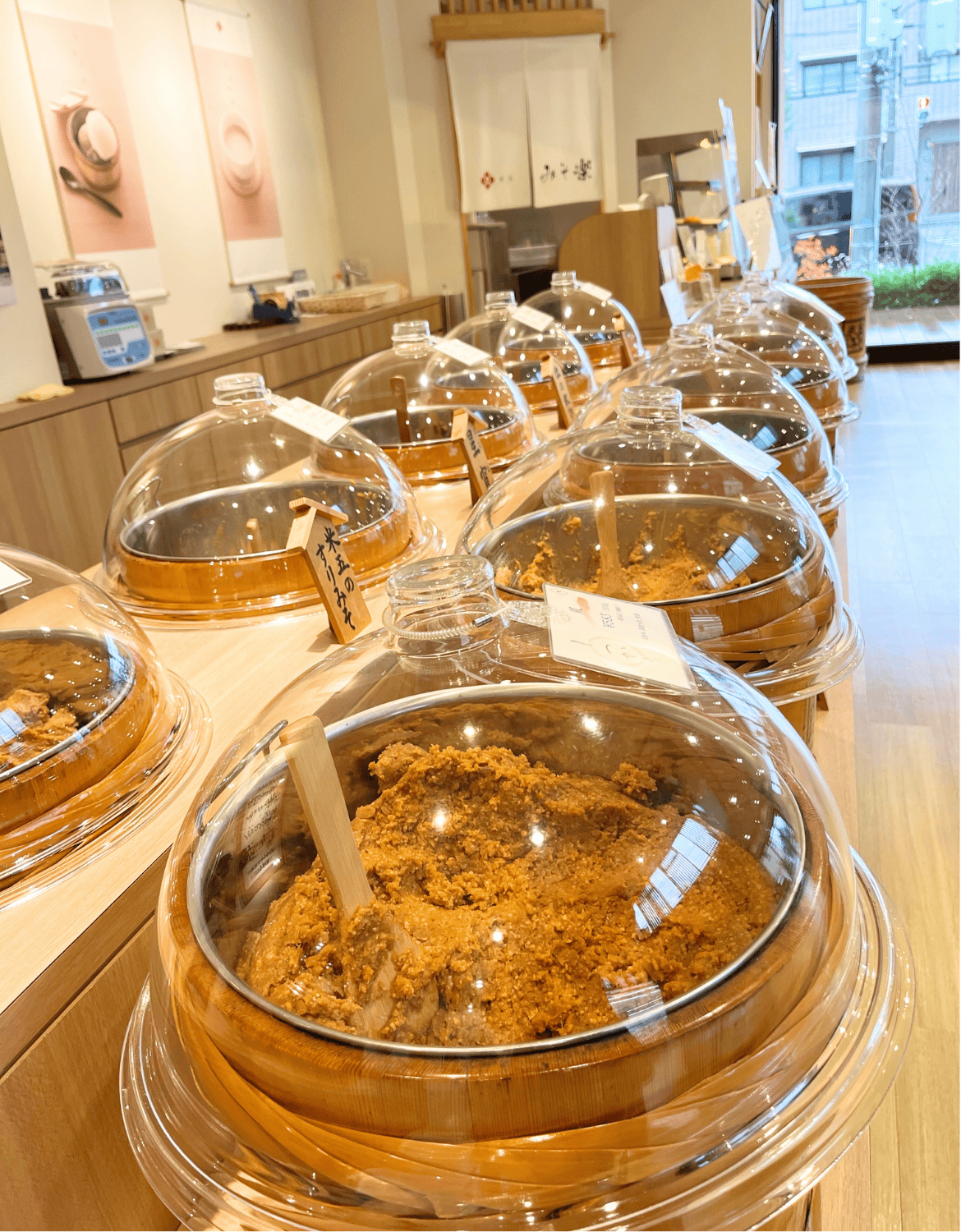
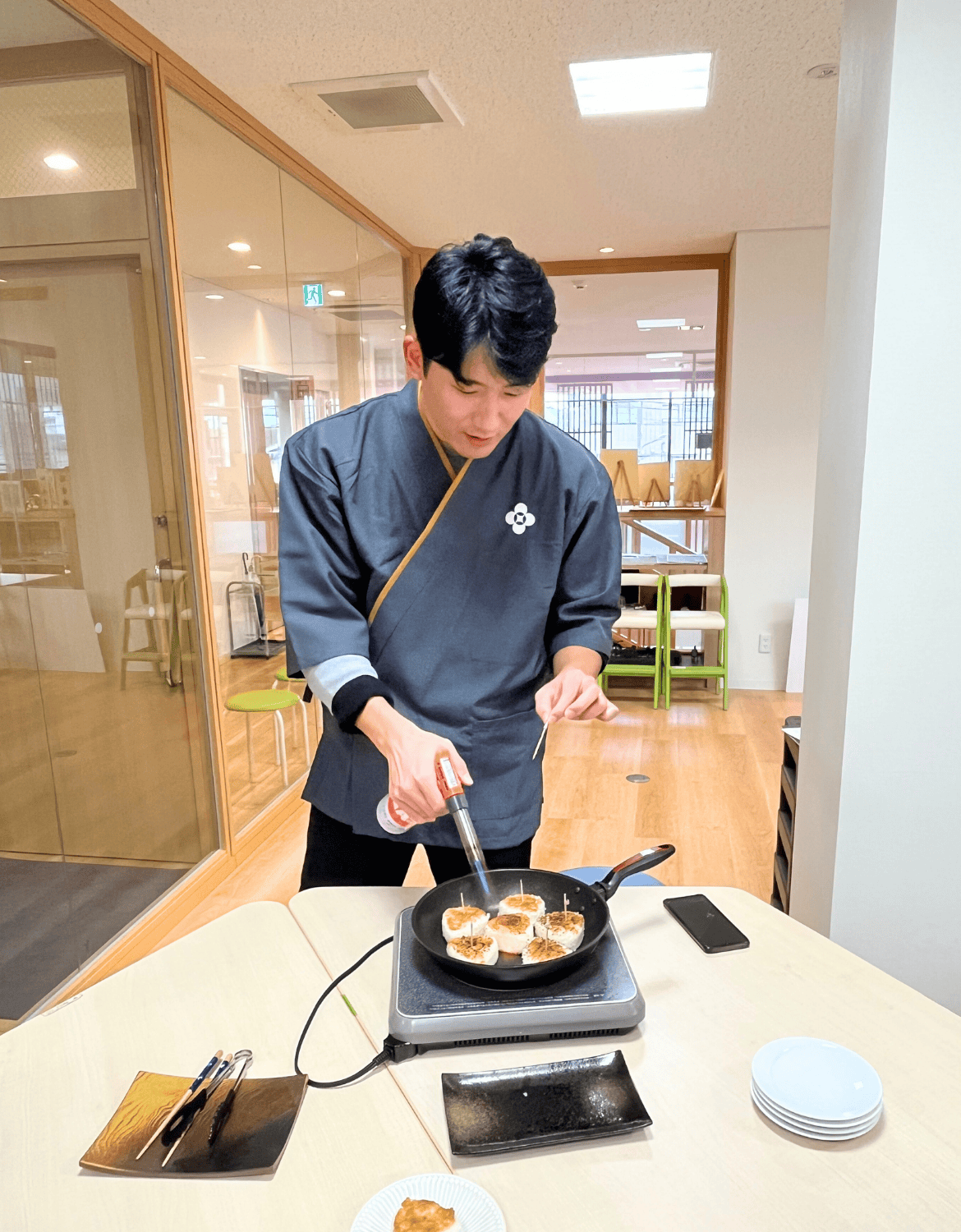
Founded in 1831, the Komego miso shop prides itself on being the official provider of miso to Eiheiji Temple. Here, we had the privilege of learning about the history of this ingredient, and even tried our hand at preparing our own miso soup for lunch. The factory offers visitors a peek into the miso-making process, as well as the opportunity to learn about the different kinds of miso, which vary depending on its components and length of fermentation.

Another essential ingredient in Japanese cooking is kelp, or kombu. It plays a key role in many local dishes, often boiled to make dashi-kombu stock and sometimes used as a topping. Tsuruga City in Fukui, located near the coast, is a major producer of this prized product. Kombu is typically harvested in Hokkaido, where the rich, nutrient-filled waters allow it to grow large and healthy.
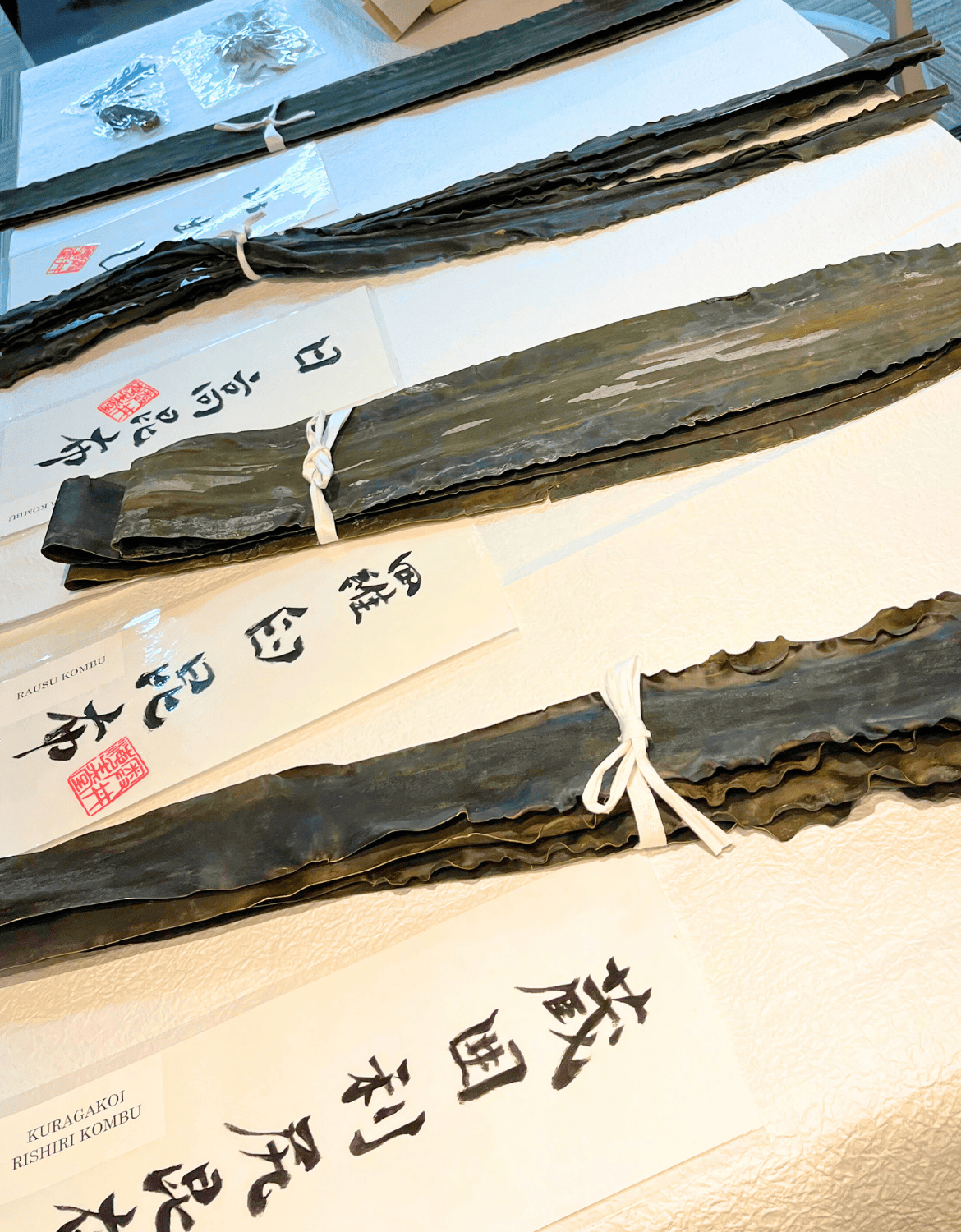

Established in 1871, Okui Kaisedo continues this tradition, creating premium variations of this essential ingredient. The taste varies depending on the cape from which the kelp was harvested, and the length of aging, resulting in a wealth of umami flavors. The shop is also known for producing the labor-intensive oboro kombu, which involves softening the kelp in vinegar before shaving it into tissue-thin strips by hand.
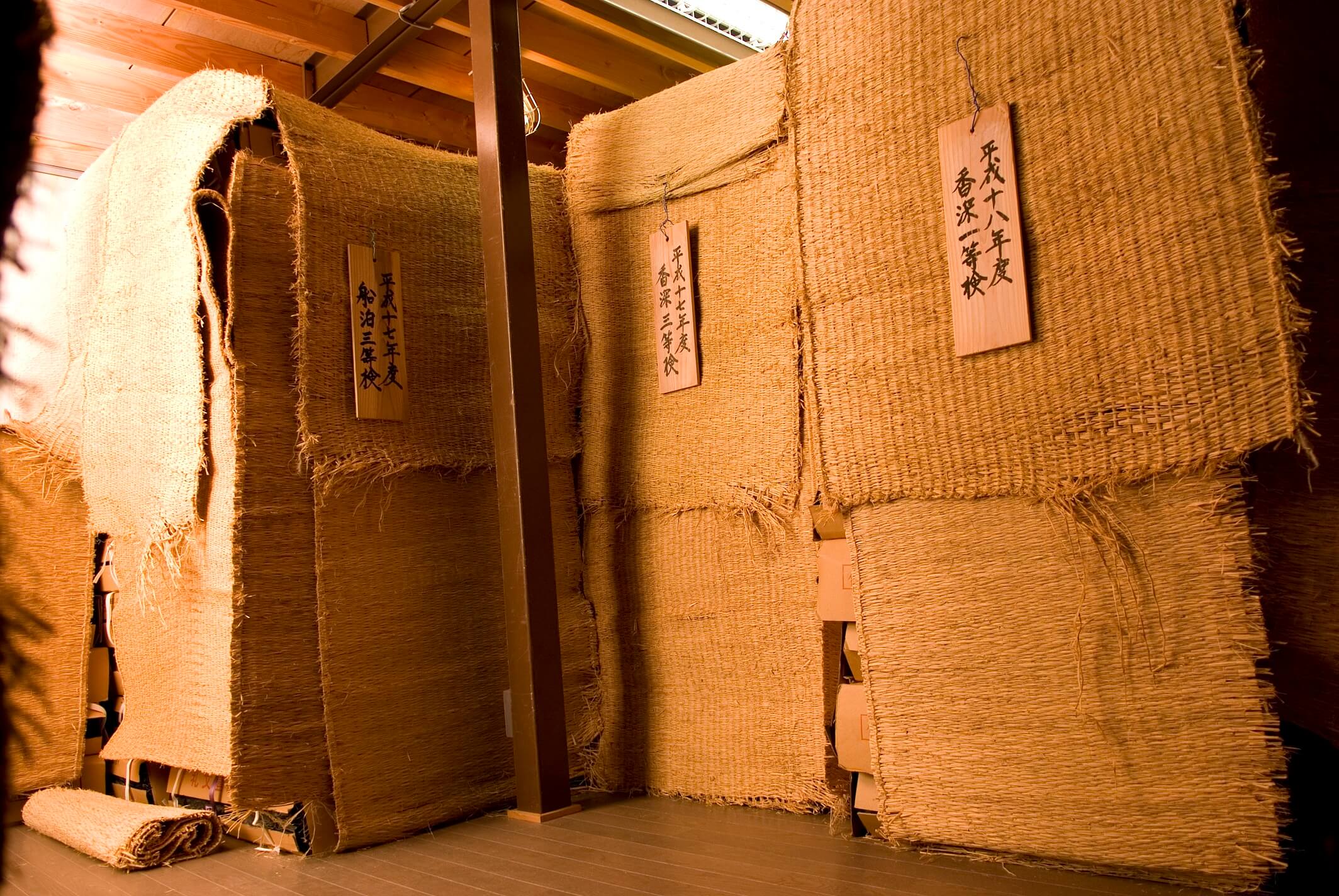

Art of the Table: Ryusen Hamono and Kinkori Shikkiten
Food, of course, cannot be prepared without the tools of the trade. At Ryusen Hamono, the traditional techniques of knife-making have been refined and handed down from generation to generation. Knives produced at this artisanal shop are sharp enough to cut paper in midair or slice the thinnest slivers of vegetables with one hand. They are sought after by chefs worldwide, not only for their sharpness, but also for their beauty and usability.


Additionally, the blades feature a delicate water pattern reminiscent of moiré fabric. The design is produced by folding different types of metal to create layers, much like the process of creating croissants. Naturally, given the nature of the material, this process is extremely difficult and requires immense skill. Furthermore, these mesmerizing ripples are tied to the brand’s name—“Ryu” means dragon in Japanese, while “sen” refers to spring water. Visitors to the nearby factory can even try their hand at crafting these gorgeous implements.


Fukui is also known for traditional crafts, boasting a long history of elegant lacquerware production. Kinkori Shikkiten is a prime example, offering visitors not only the chance to shop for these beautiful items but also to participate in workshops where they can paint their own. The workshop is led by the gentle-mannered Mr. Kinkori, who hand-mixes the resin paints and patiently gives step-by-step instructions on applying the thick pigment to wooden bowls. Interestingly, the lacquer—derived from the sap of the urushi tree—hardens with humidity, making this craft particularly well-suited to Fukui’s coastal climate.


Next to the nearly century-old Kinkori Shikkiten is the decidedly modern SAVA! STORE. This well-curated shop offers a selection of locally made items such as eyeglasses, fabrics, food, pottery, and more. These products are both trendy and innovative, and with an emphasis on sustainability. Among them were earrings crafted from the plastic cast-offs from eyewear manufacturing, as well as handmade recycled paper.

Rediscovering Tradition: Mikuni Minato and Yuraku Ryokan
Fukui is also a place where gentle waves of nostalgia seep in. Here, a slower pace of life amid vast stretches of nature harks back to simpler times. In the small port town of Mikuni Minato, historic tea houses made of wood and stone stand. Upon entering one such enclave—the cozy Takeyoshi—we were treated to a traditional shamisen performance by Ms. Naganuma as we sipped freshly made matcha.


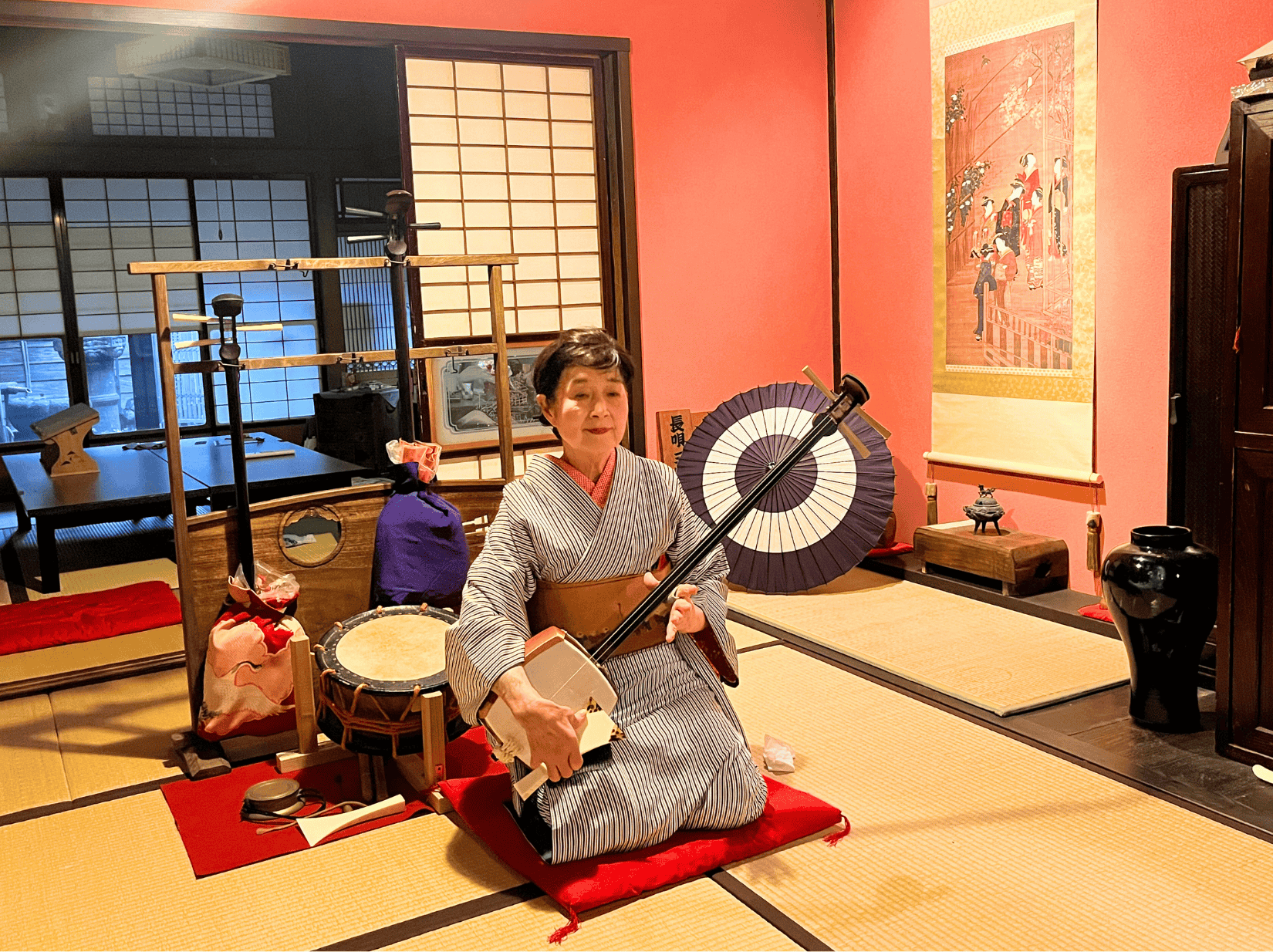
One bus ride later, we found ourselves at Yuraku, a traditional ryokan run with sincerity and warmth. Here, guests can experience local life, donning yukatas and sleeping on tatami mats. Situated in the Awara hot spring area, the onsens are prized for their rejuvenating qualities.

The kaiseki meals at this establishment were top-notch. We enjoyed the famed Echizen Gani crabs, which were sweet with a juicy, soft texture. Dinner included an array of fresh sashimi, steamed fish, noodles, tofu, pickles, and more—a feast for both eyes and palate. Breakfast at this ryokan was also a multi-course affair, beginning with a nourishing selection of vegetables, seafood, pickles, and soup.

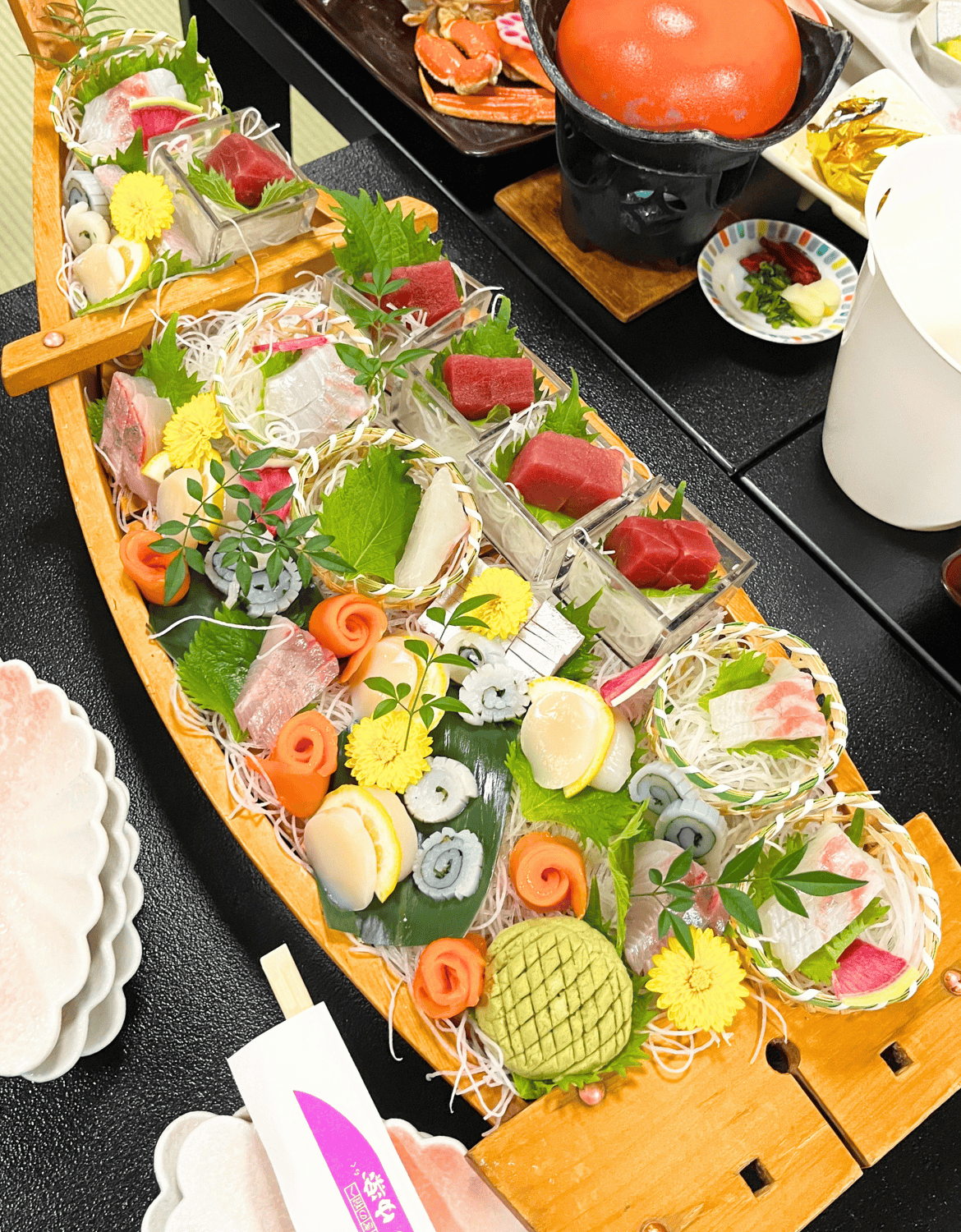
Fukui: A Place of Good Fortune
Steeped in history and tradition yet outfitted with all the cosmopolitan comforts, Fukui is a modern explorer’s paradise. It is a place endowed with the luxury of time and space; a respite from the hectic pace of modern life where one can recharge and revel even in its sensorial wonders. Here, nature dazzles, shifting its colors and textures from the greens and sakura pinks of spring to the fiery hues of autumn and the pristine white of winter.

It is also here that I had some of the most memorable meals of my life—nourished by the graciousness of the land and the ocean, and, of course, by many generous and talented hands.

After a fun, but whirlwind week in Fukui, I felt truly blessed and lucky to have met its warm-hearted people and to have explored its diverse attractions. Perhaps it’s no coincidence that Fukui translates to English as “a place of good fortune.” I can only hope that I’d get the privilege to return to this hidden gem, and discover more of its unique treasures.
Special thanks to the Japan National Tourism Office, Prixm, and Wondertrunk.
Banner photo of Maruoka Castle courtesy of the Japan National Tourism Office. Travel photos by Mariane Perez
